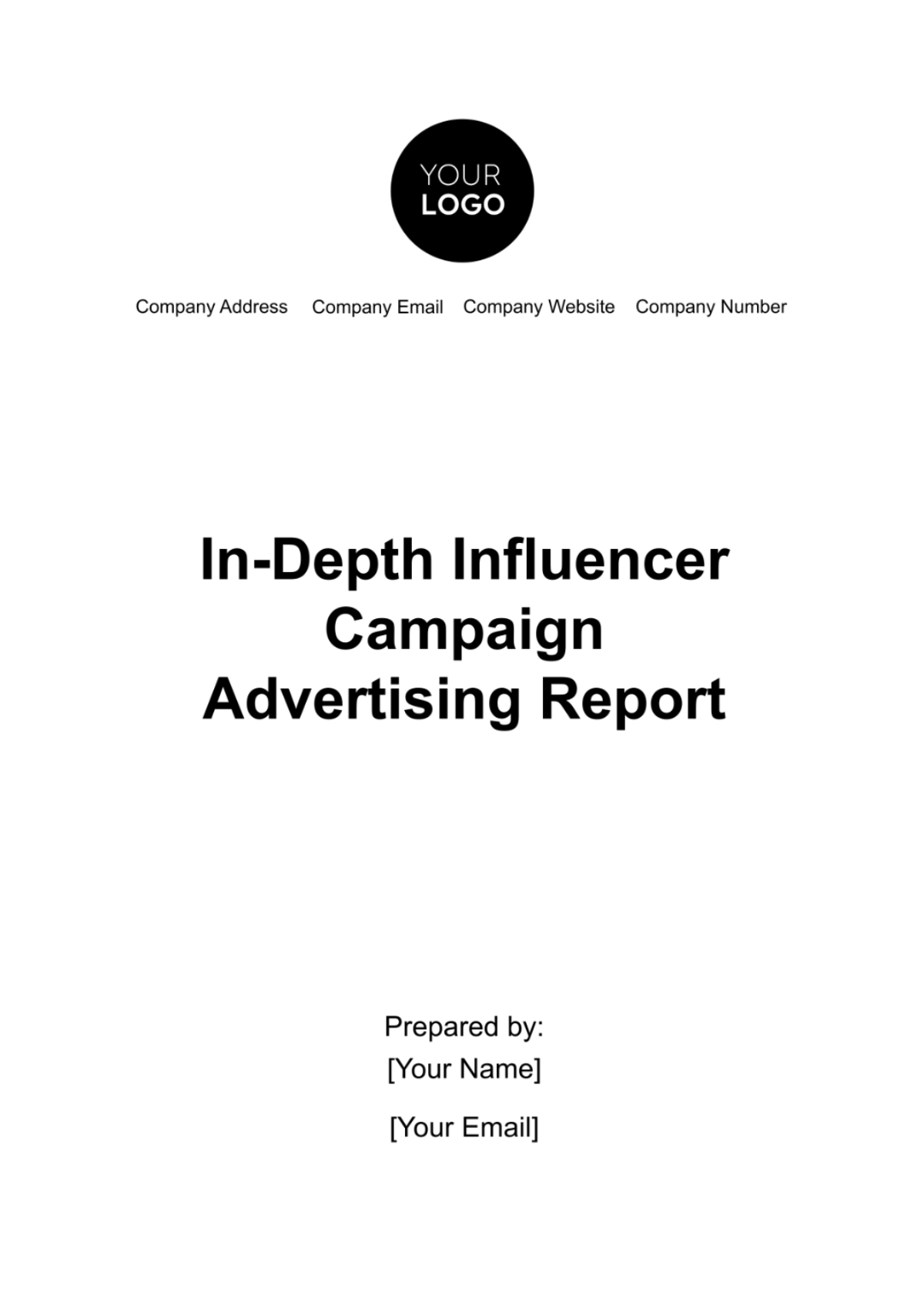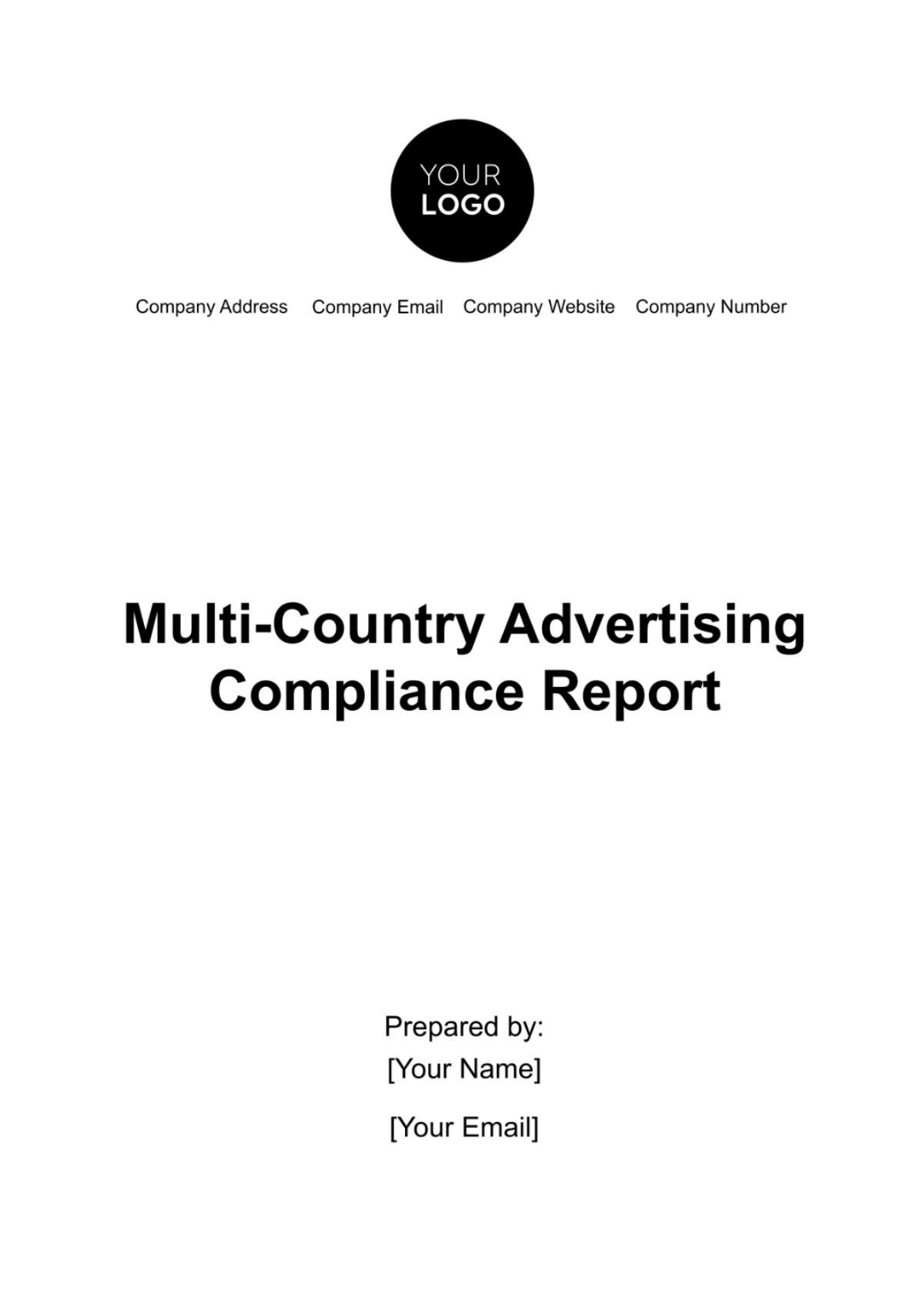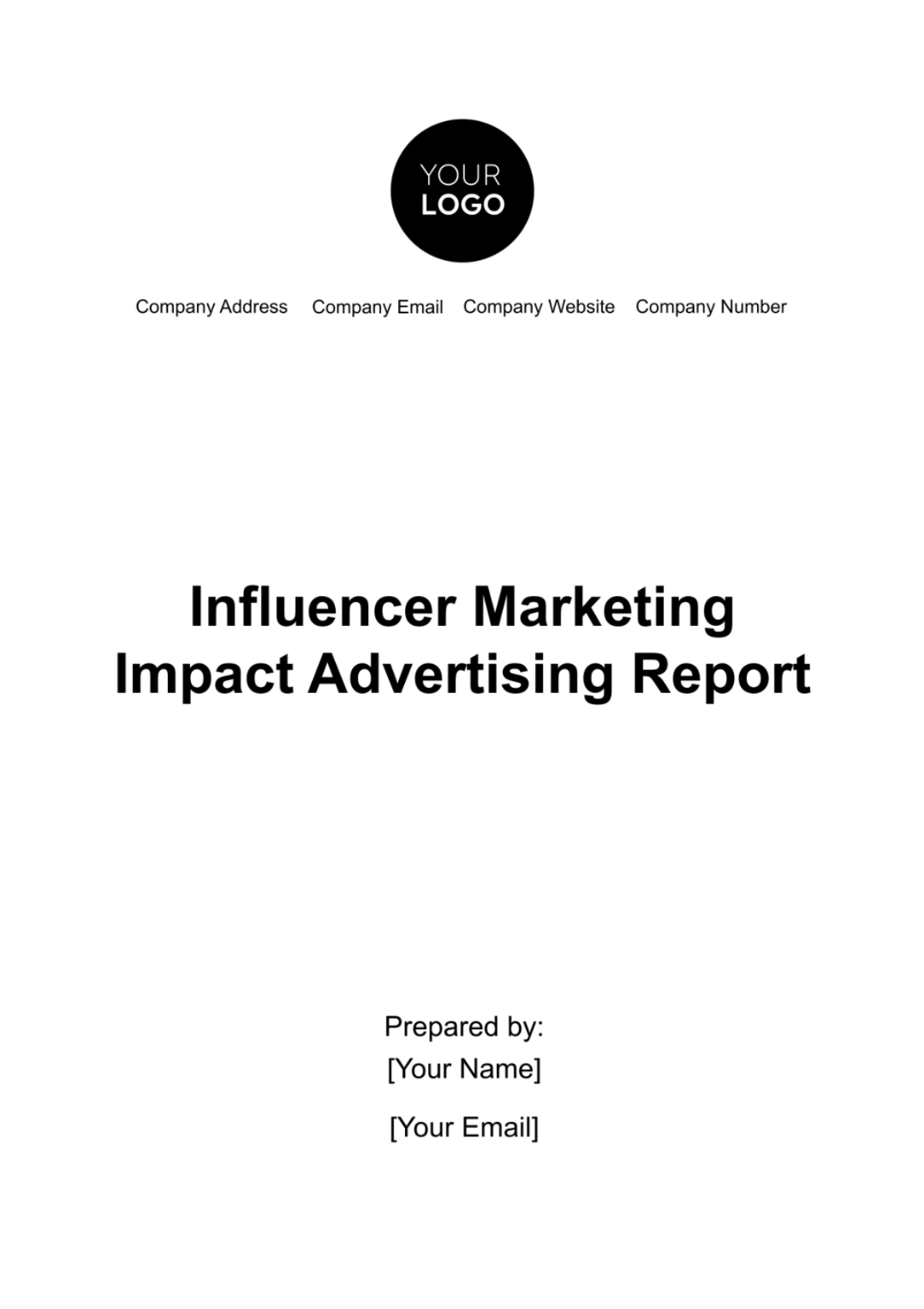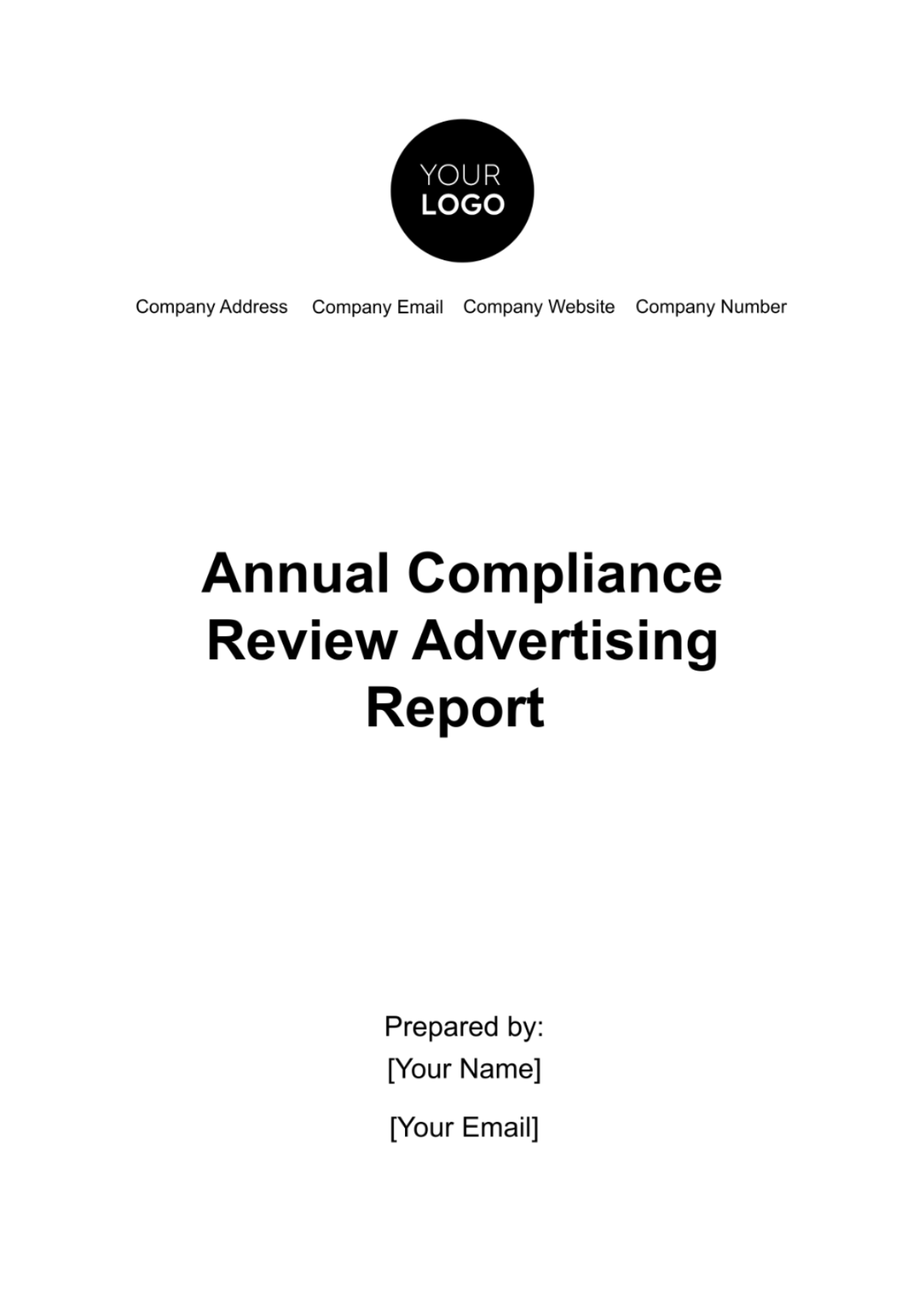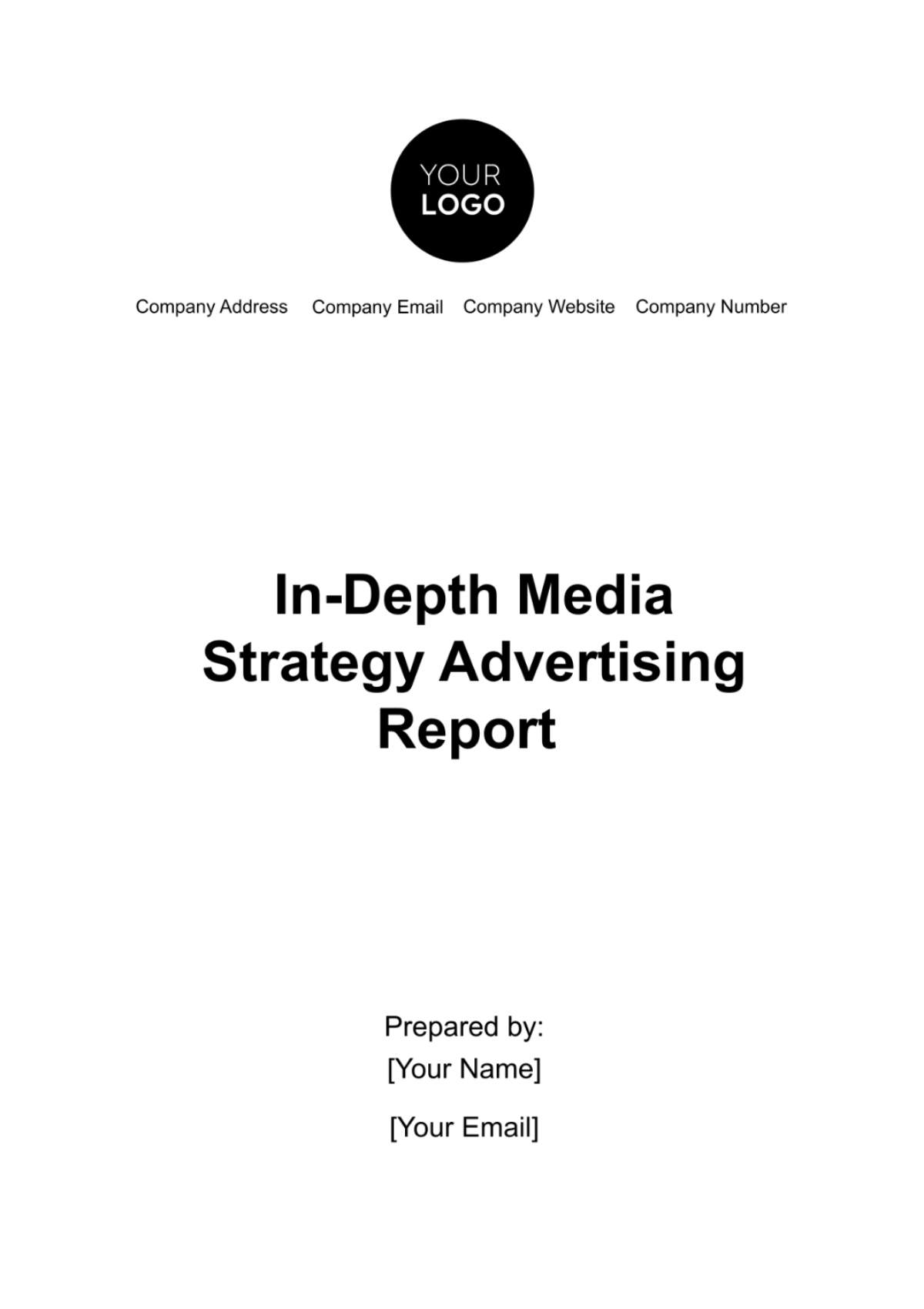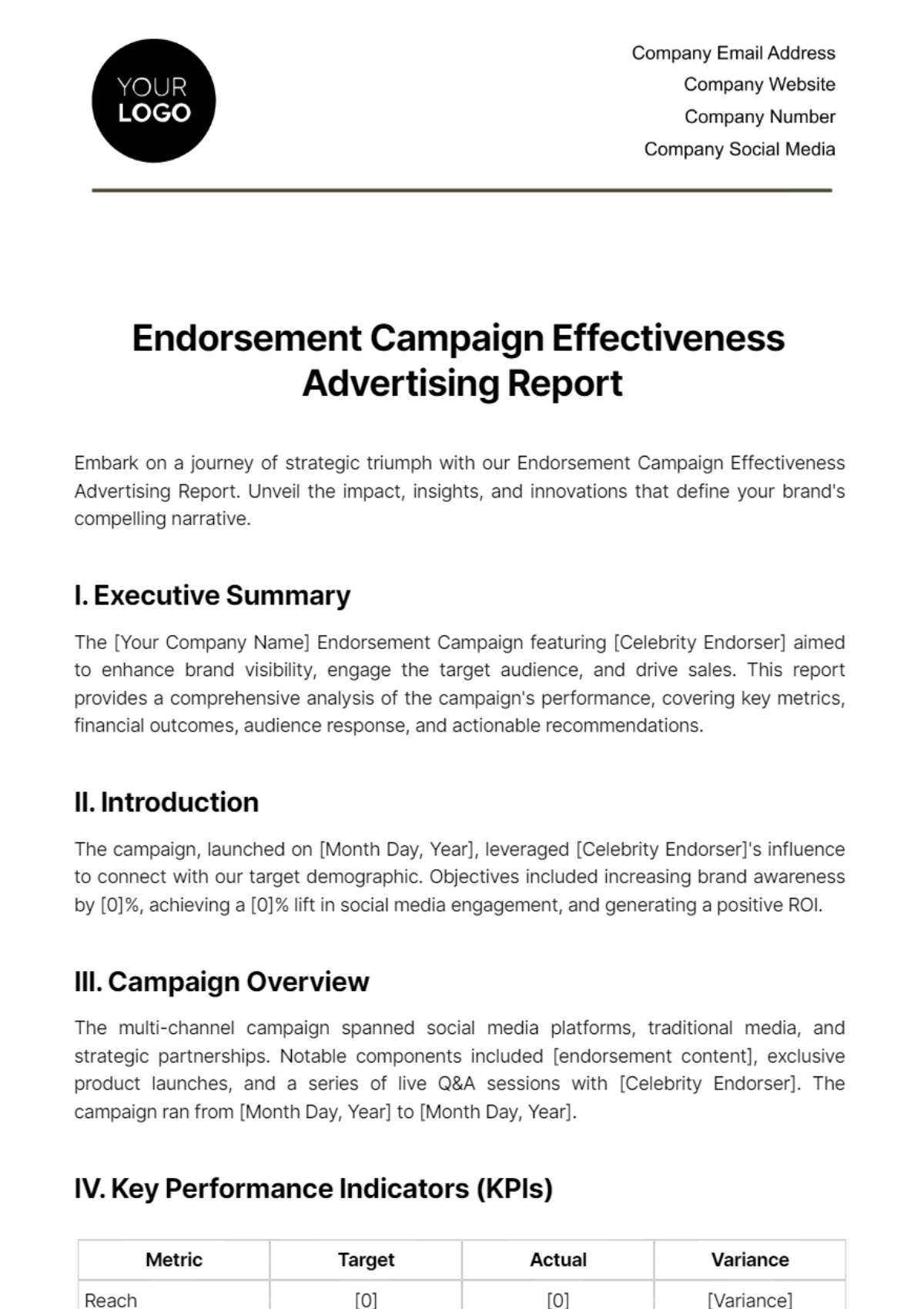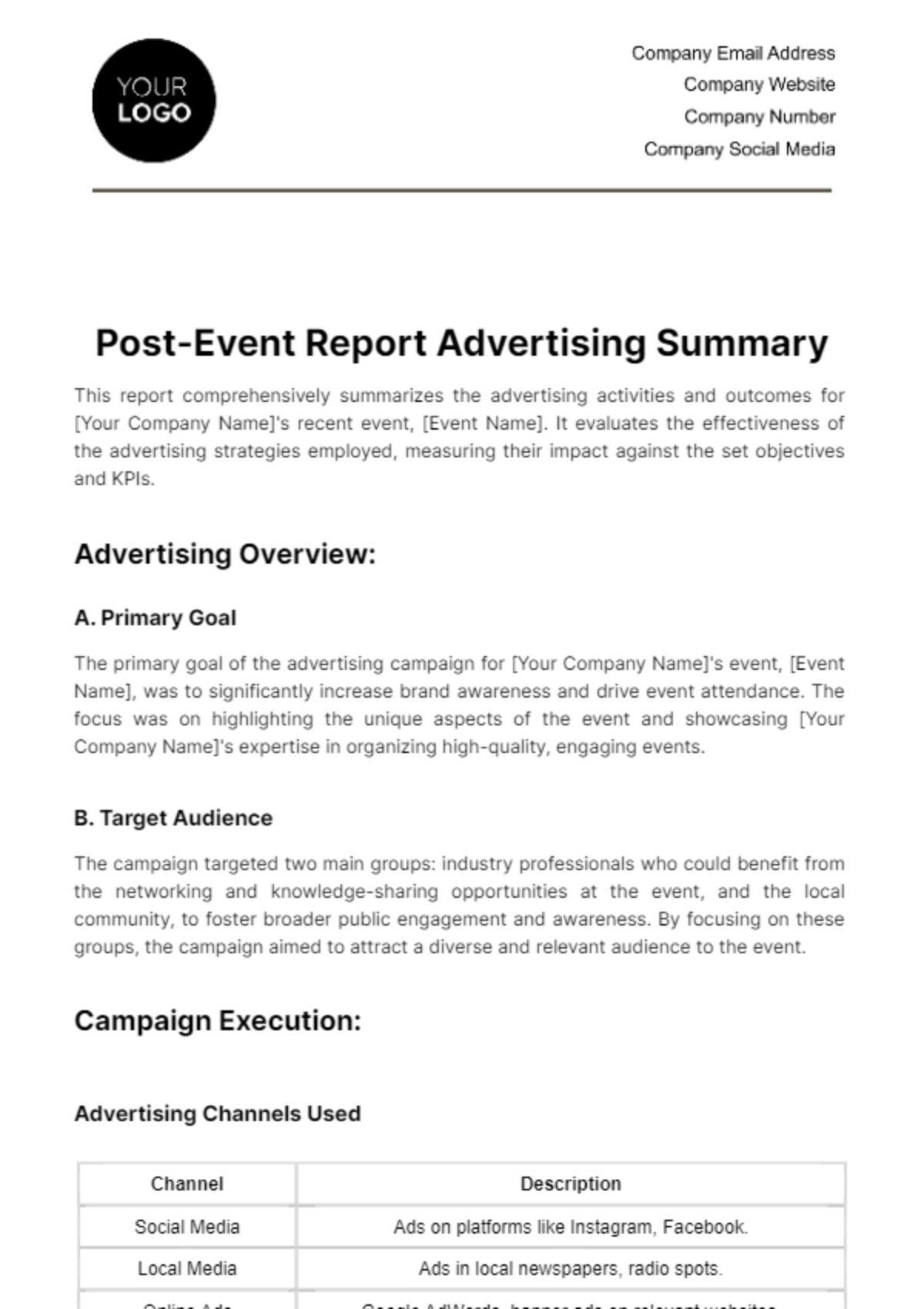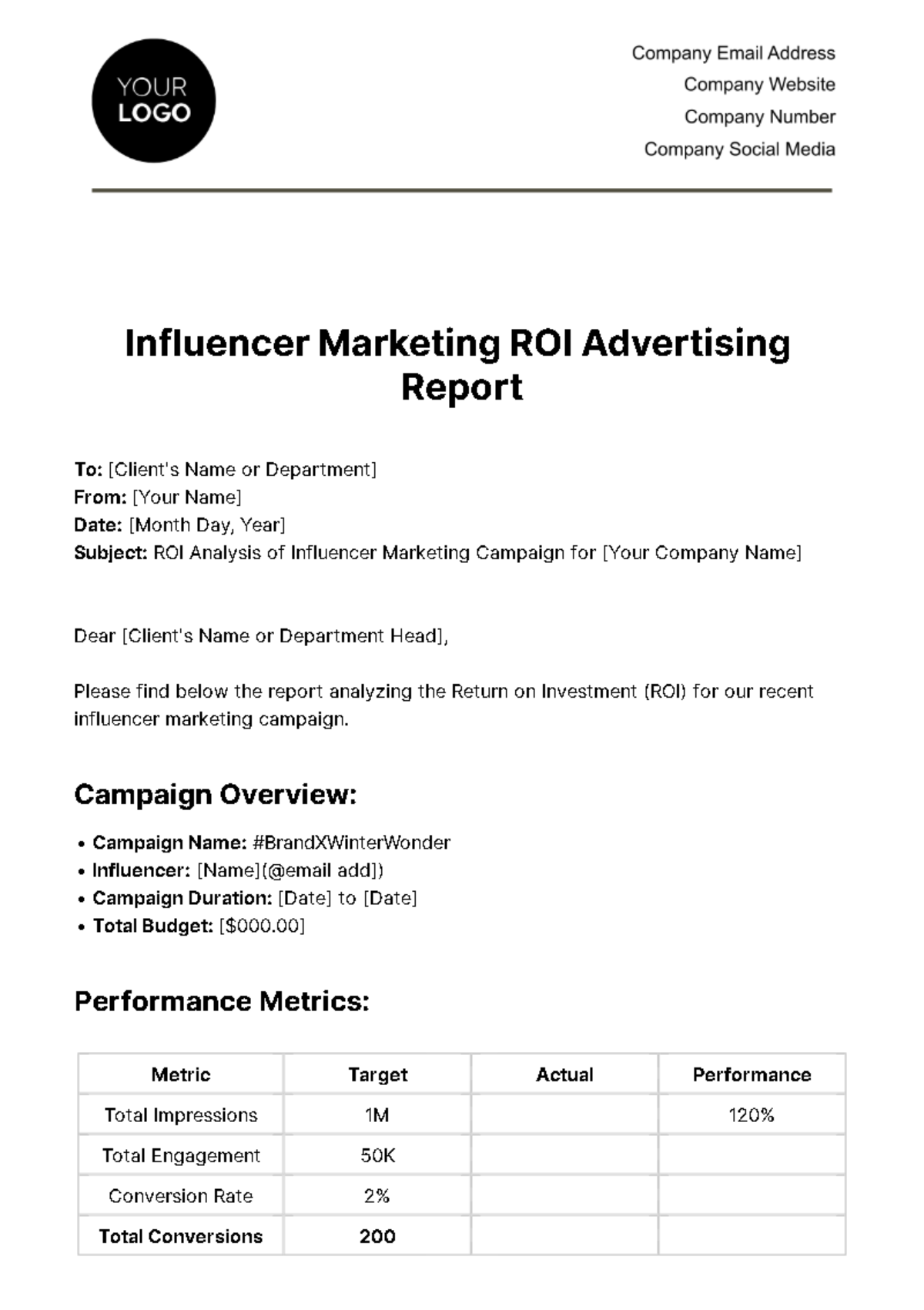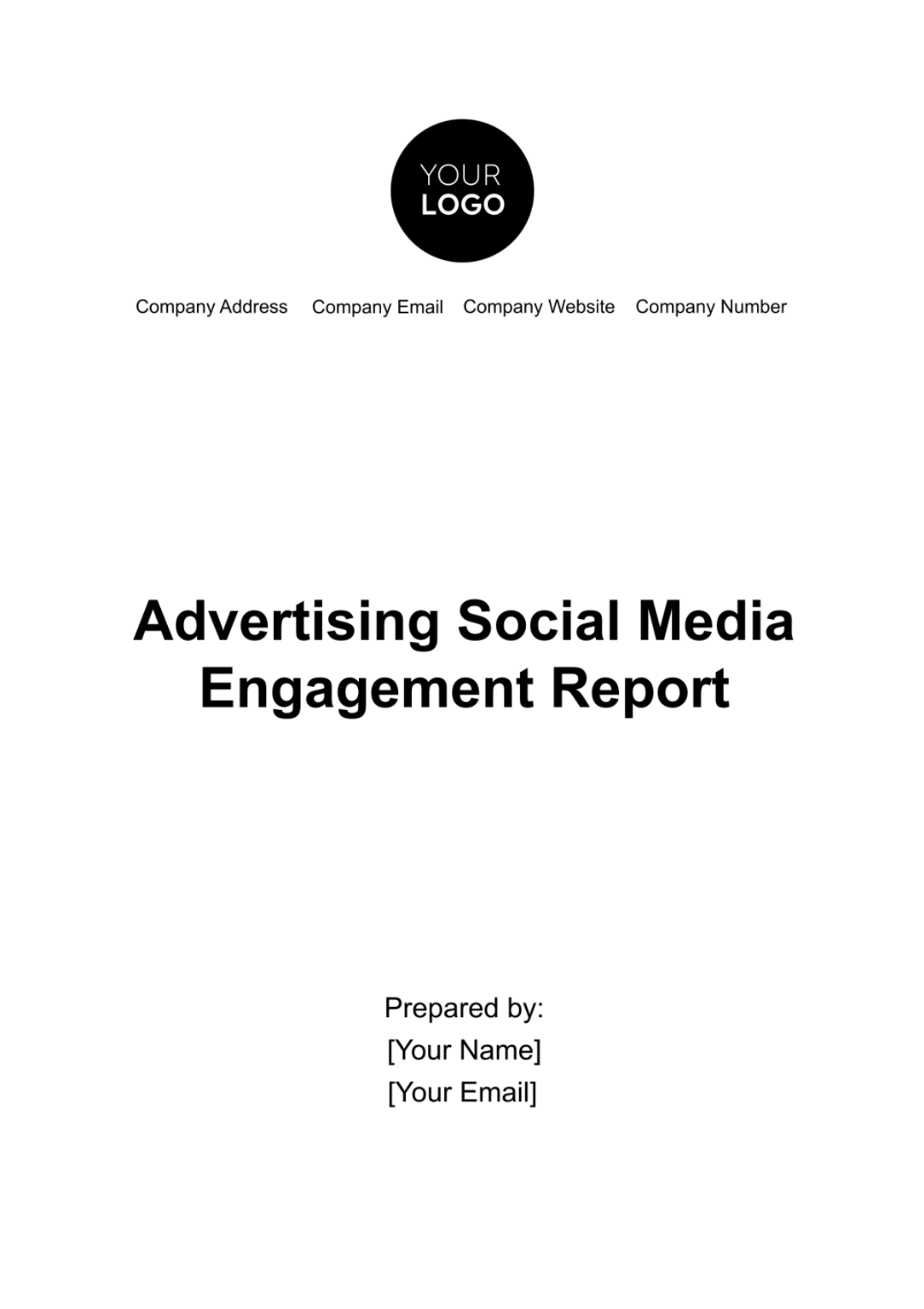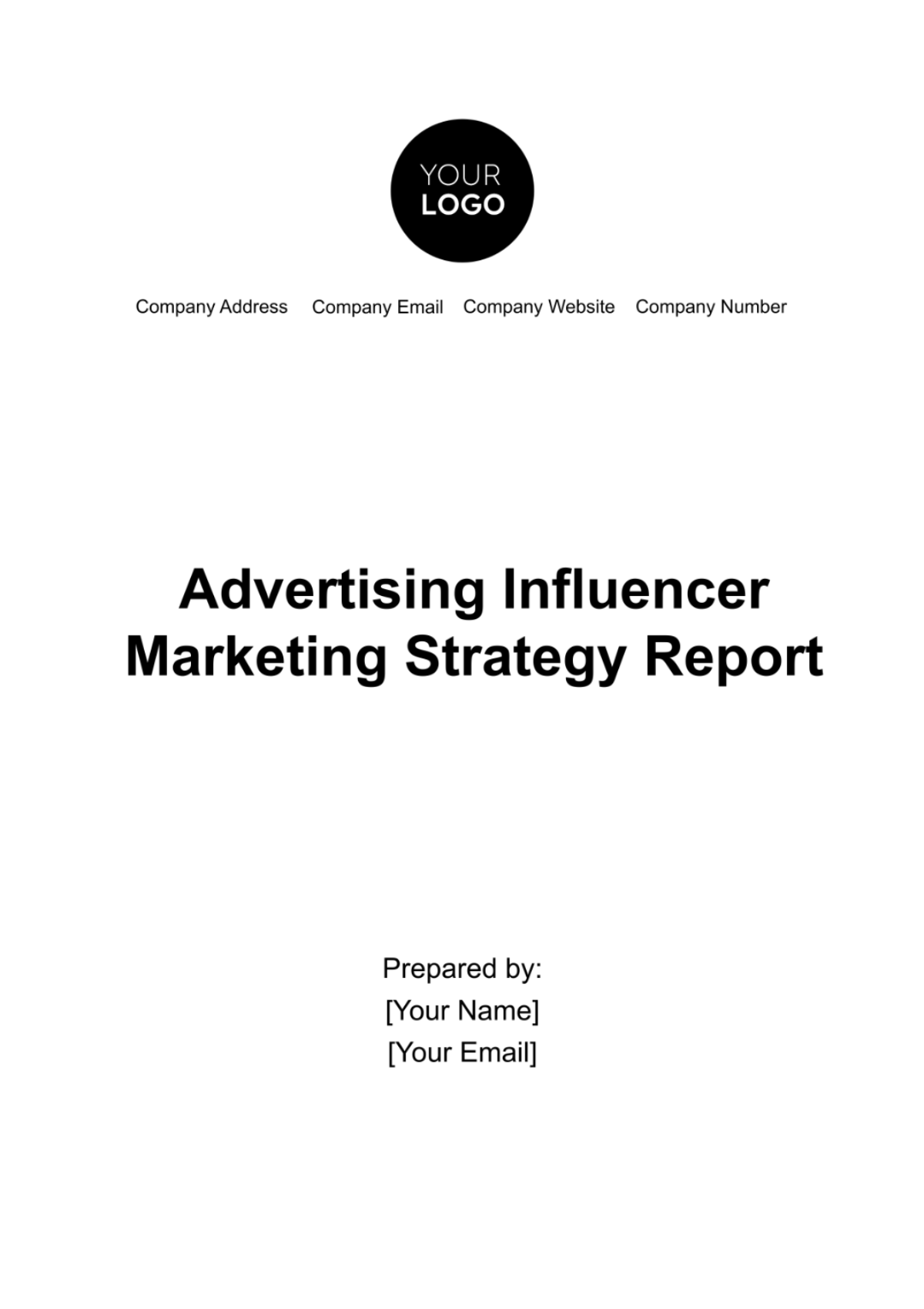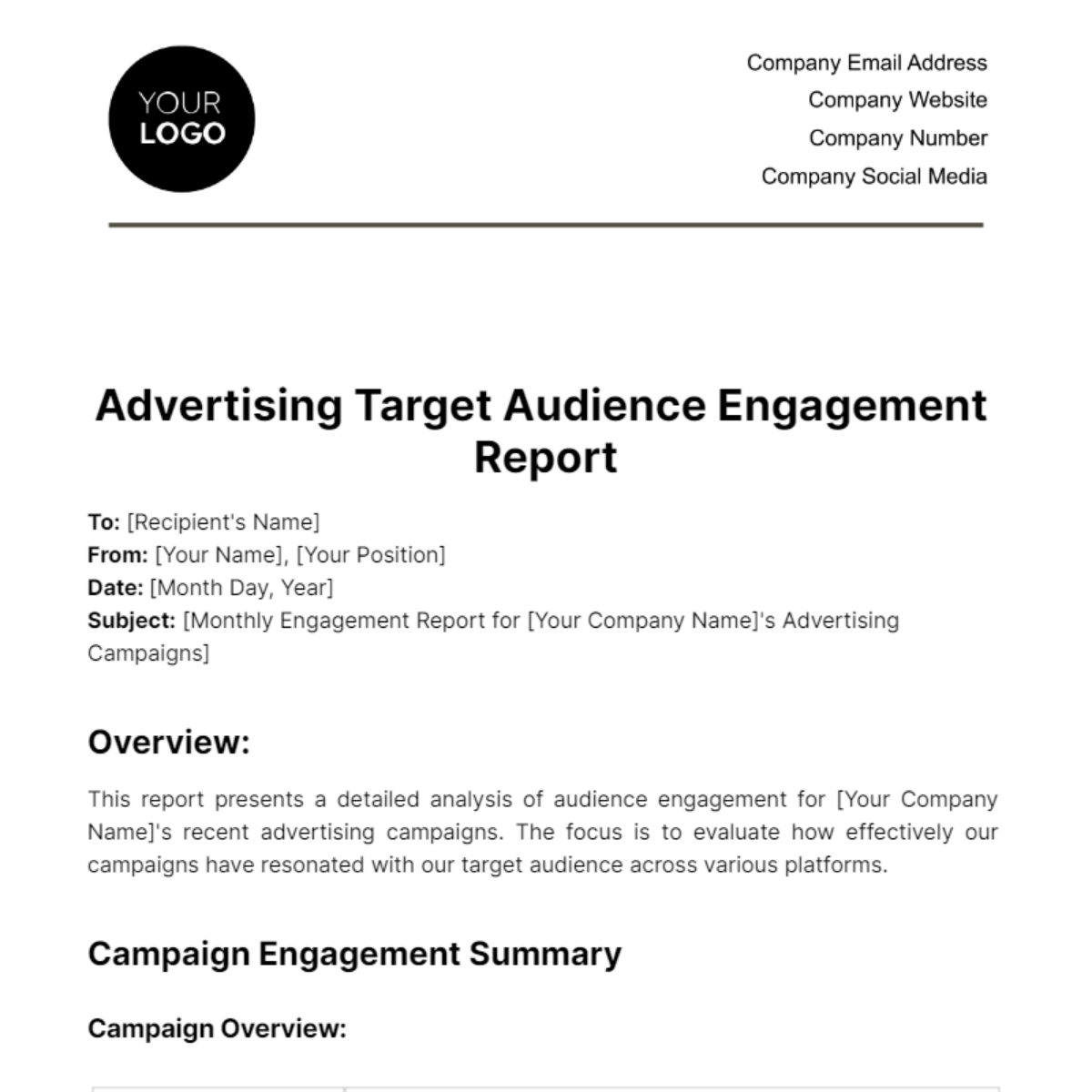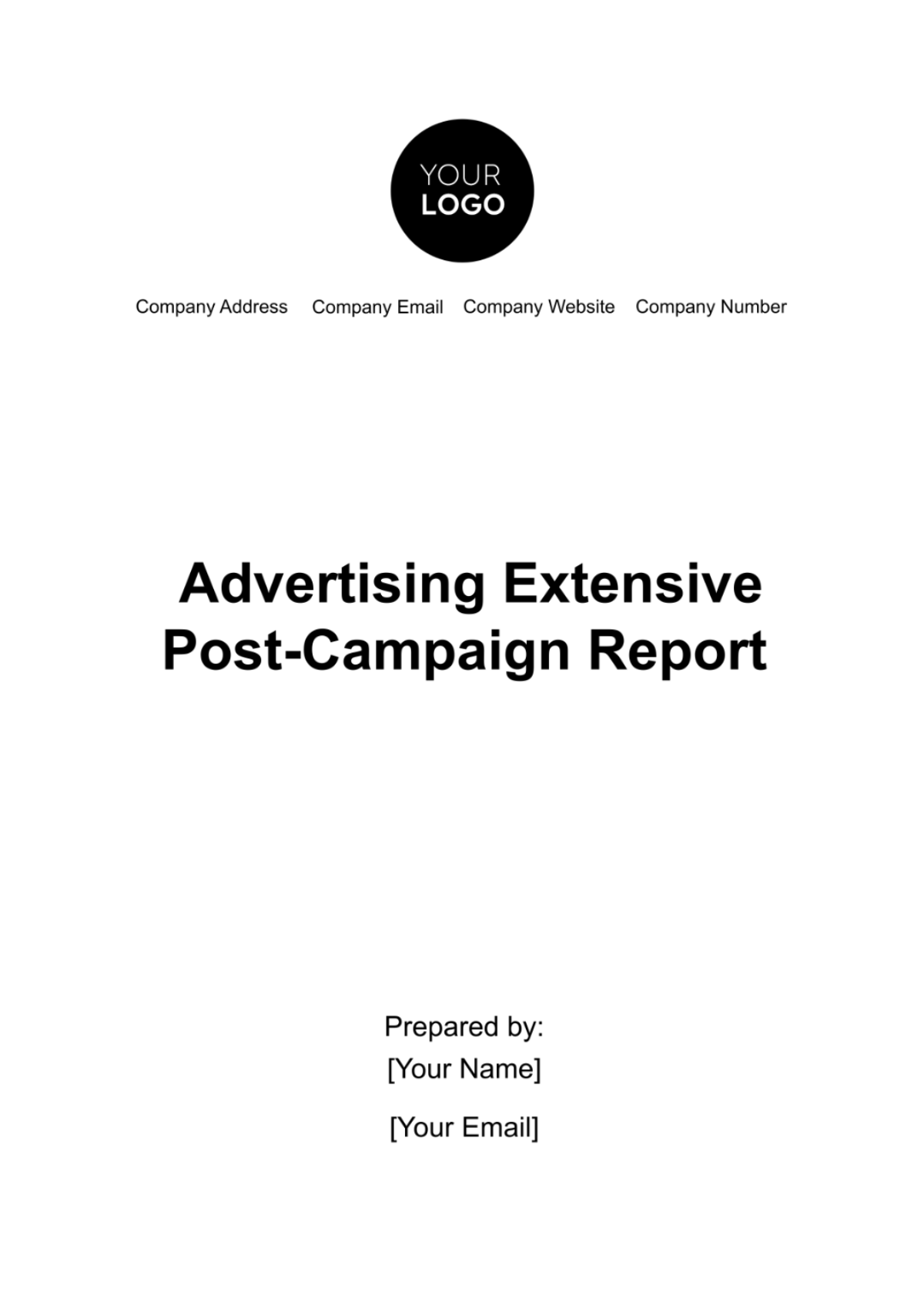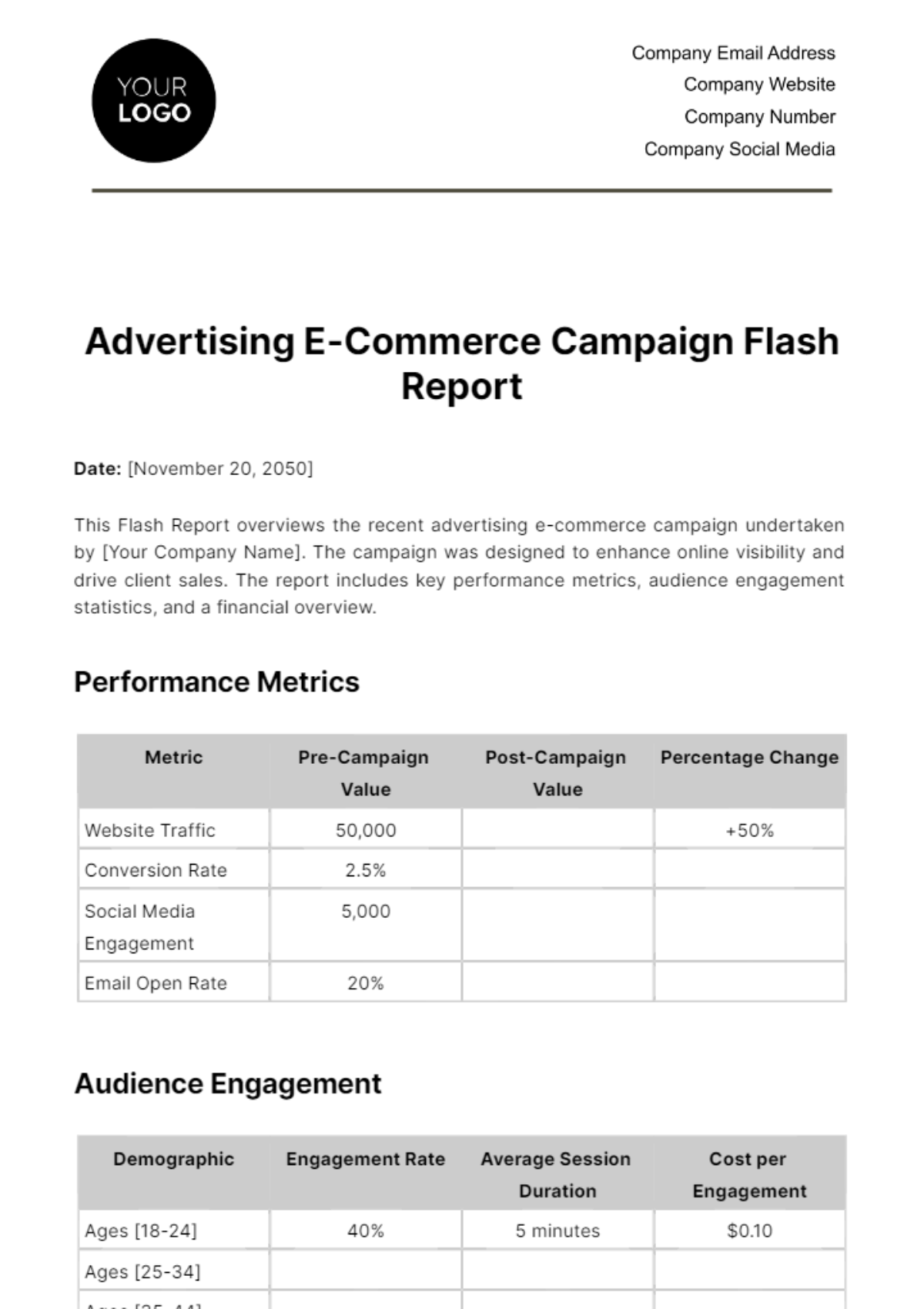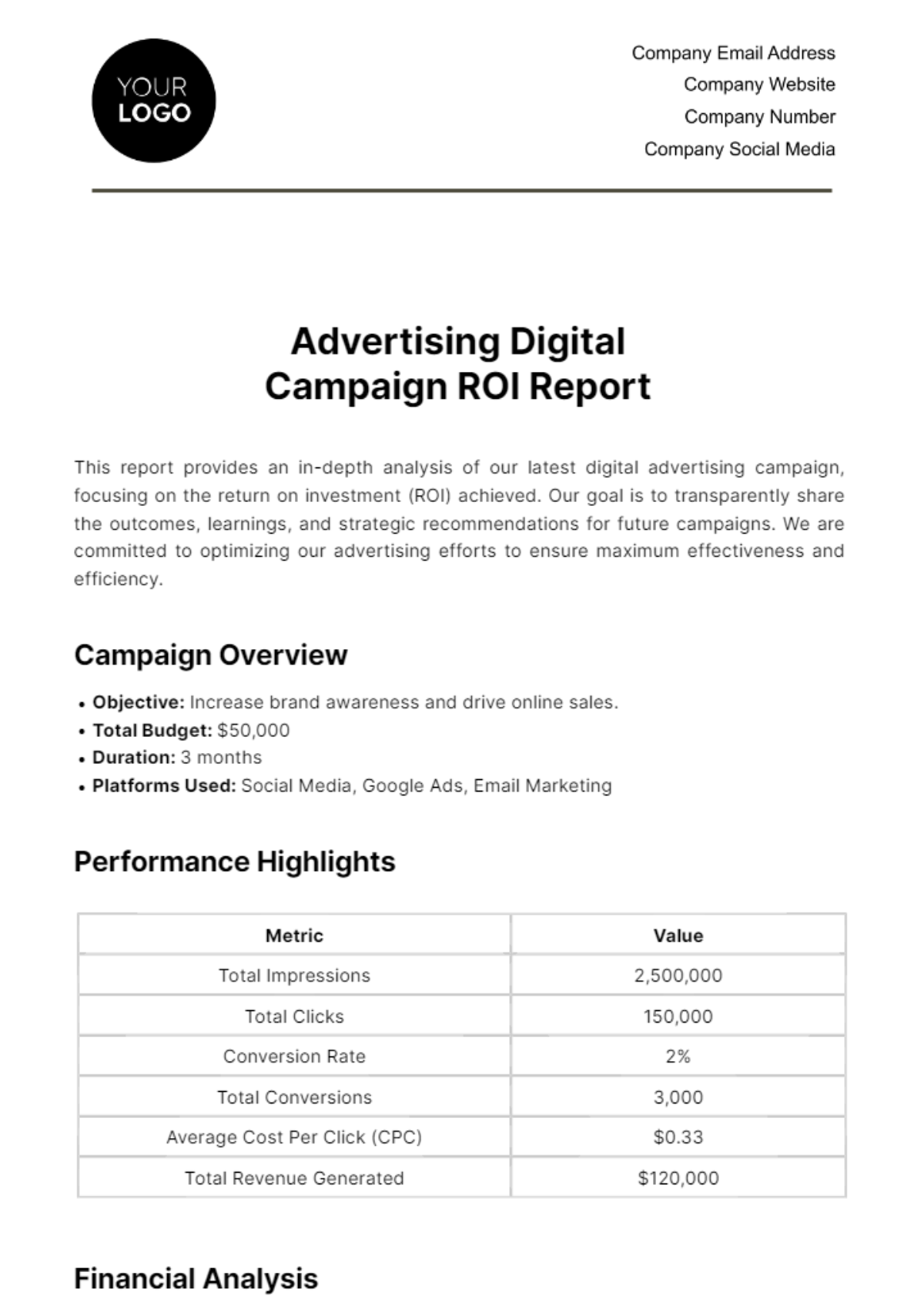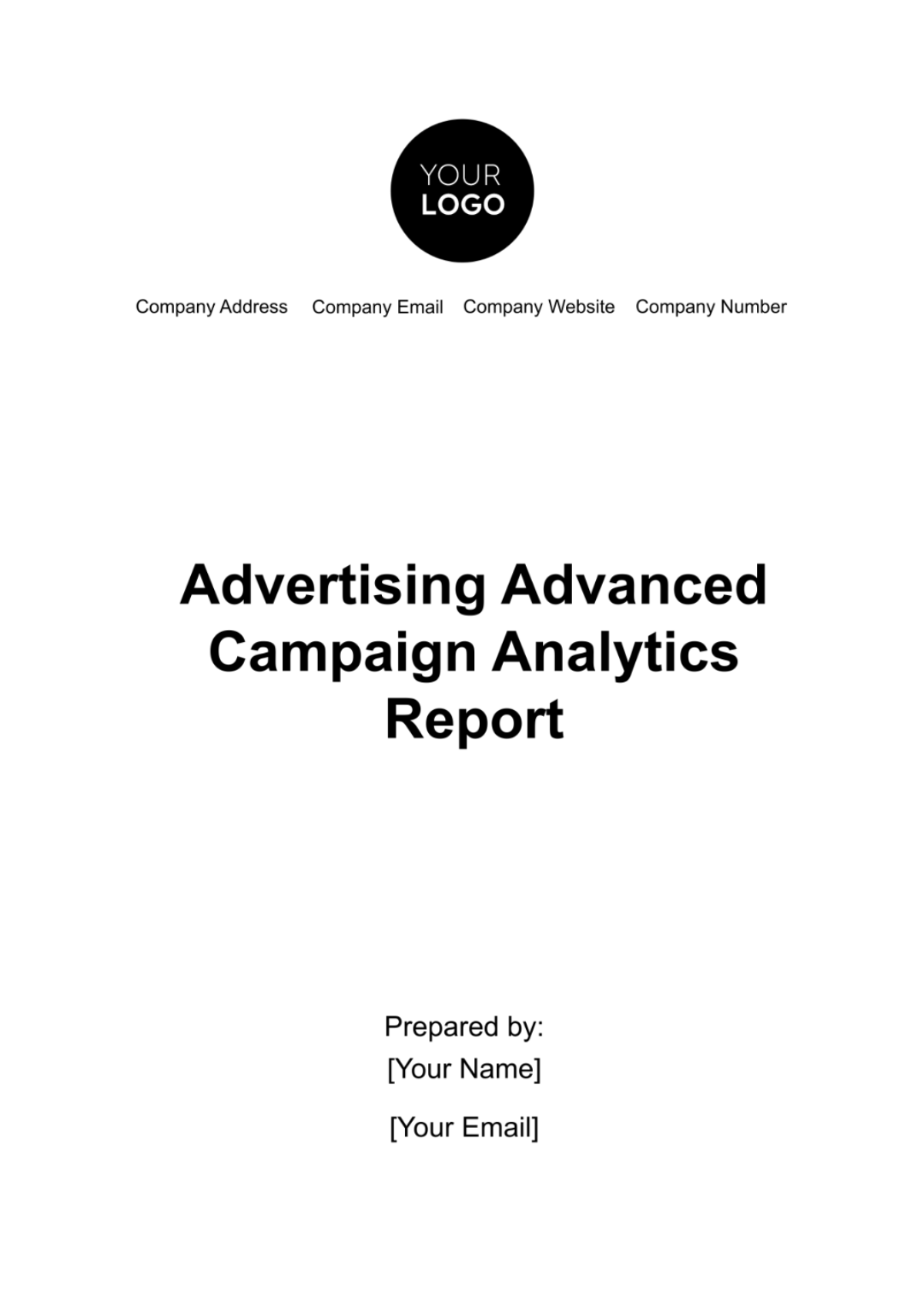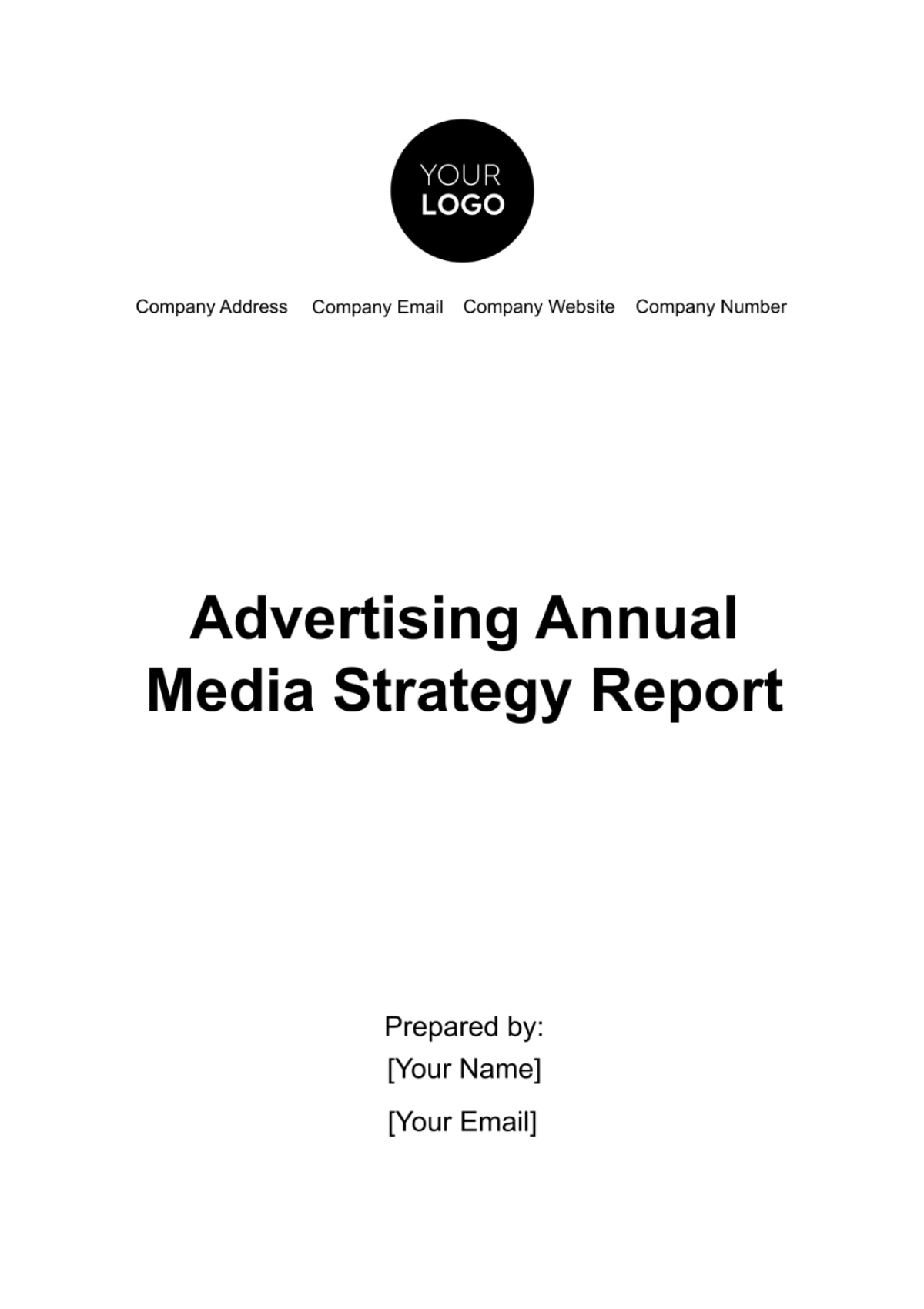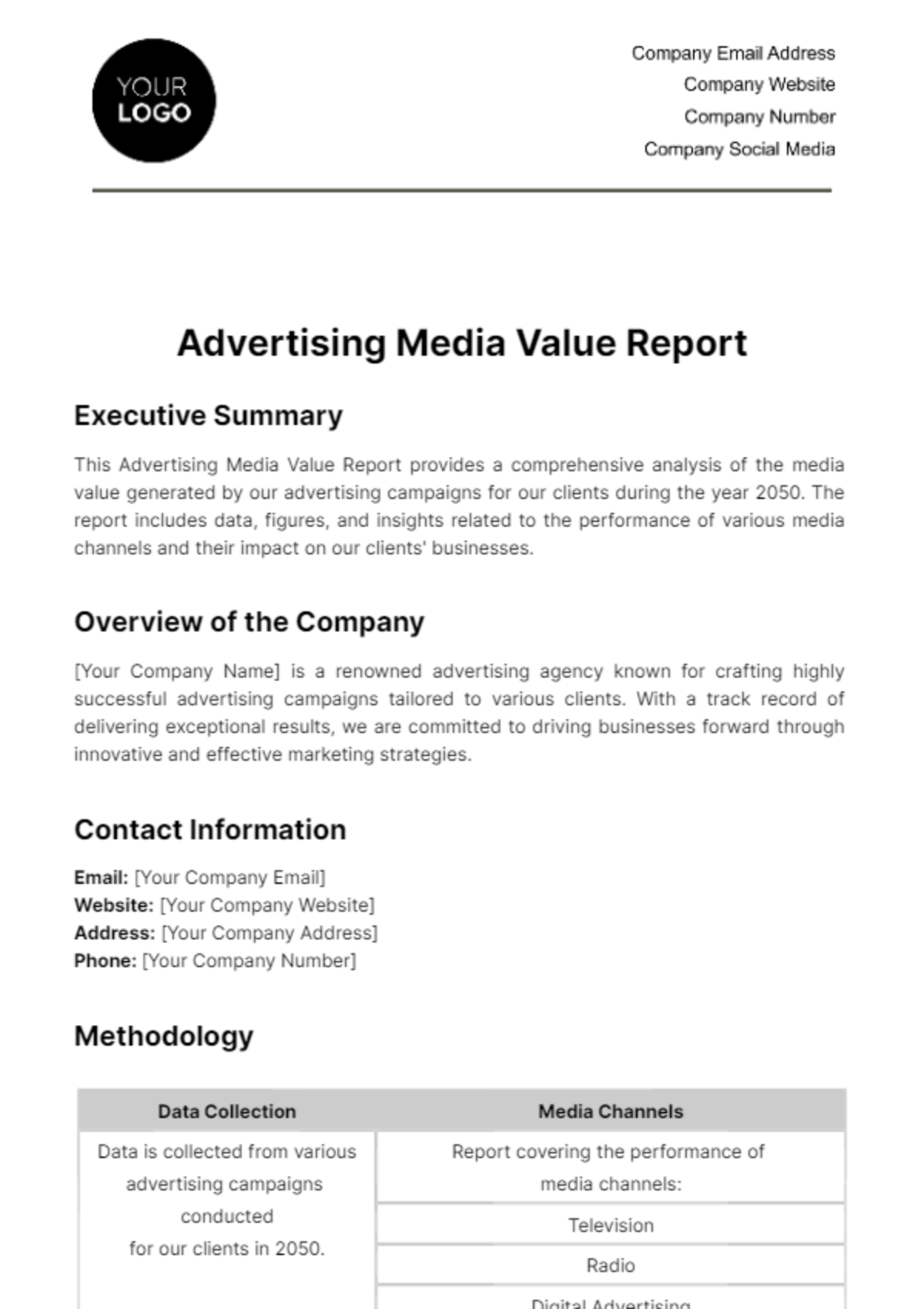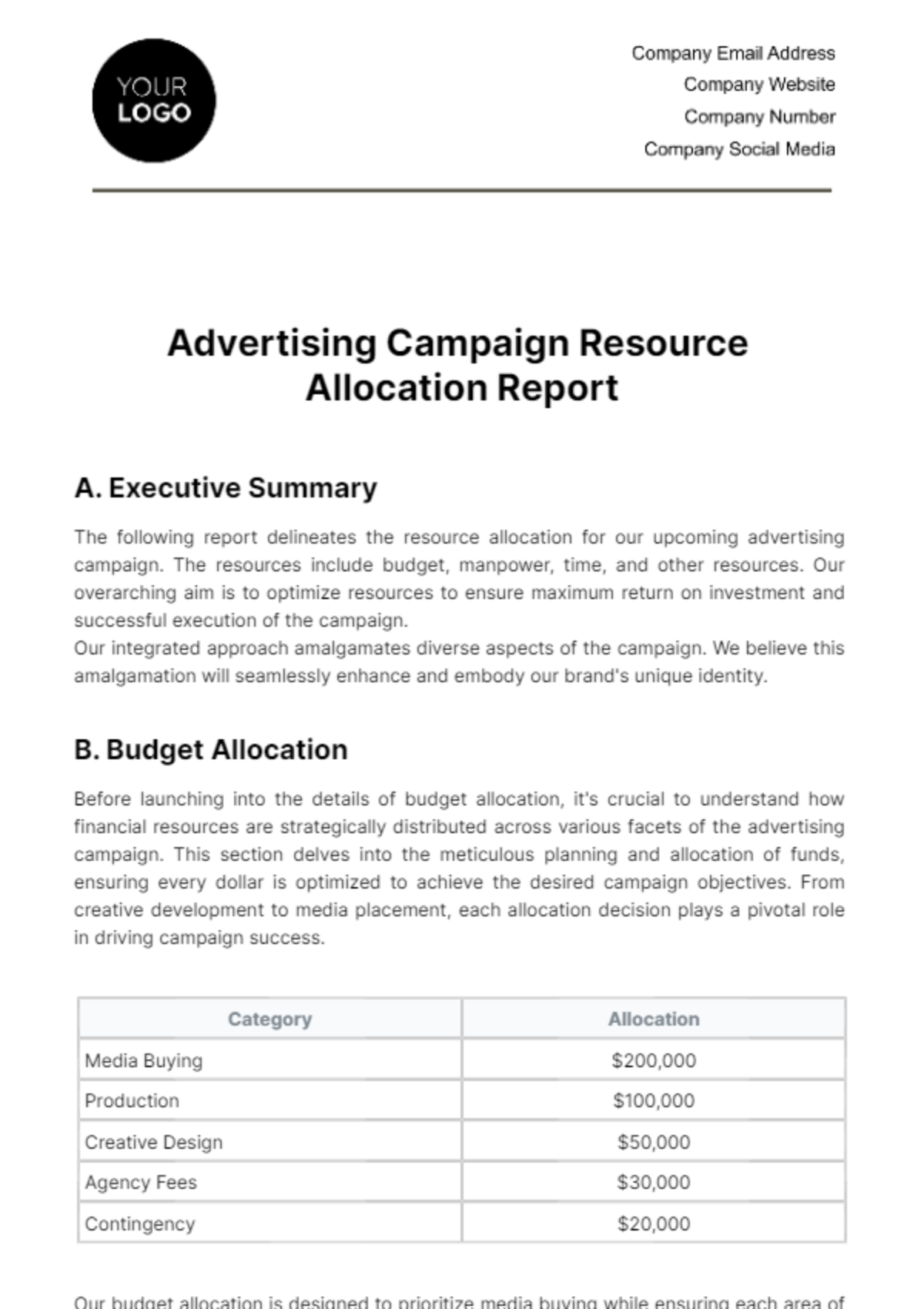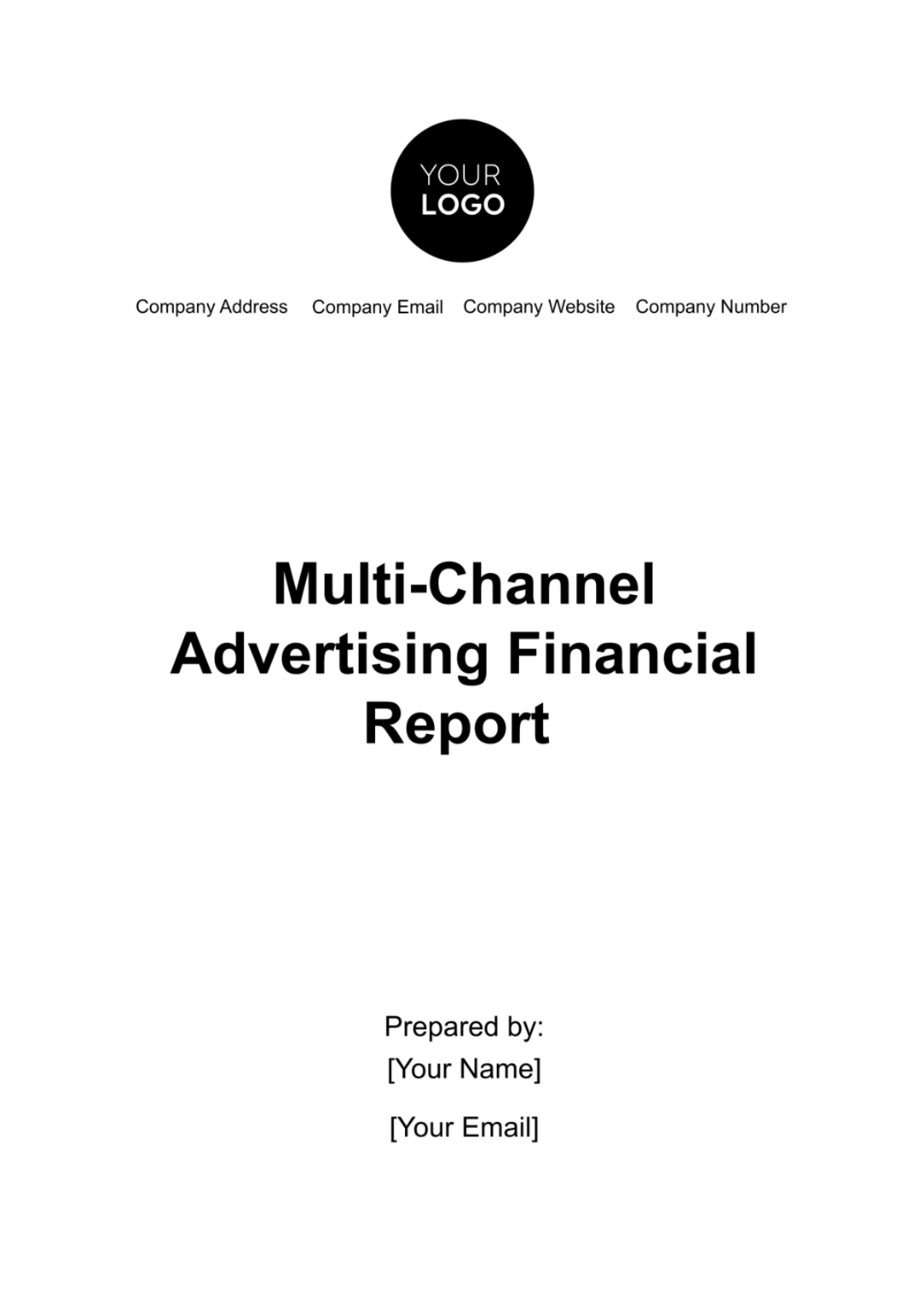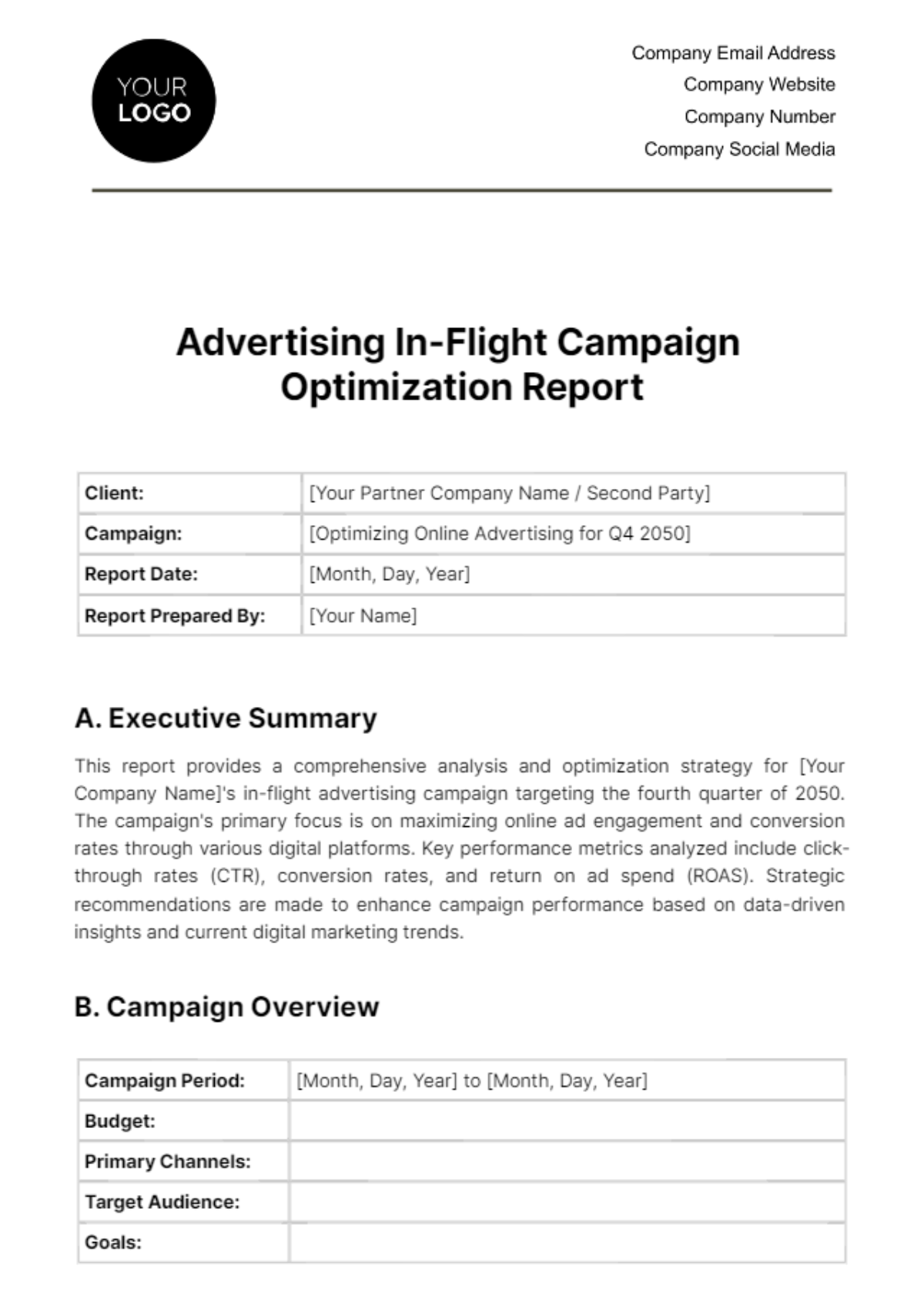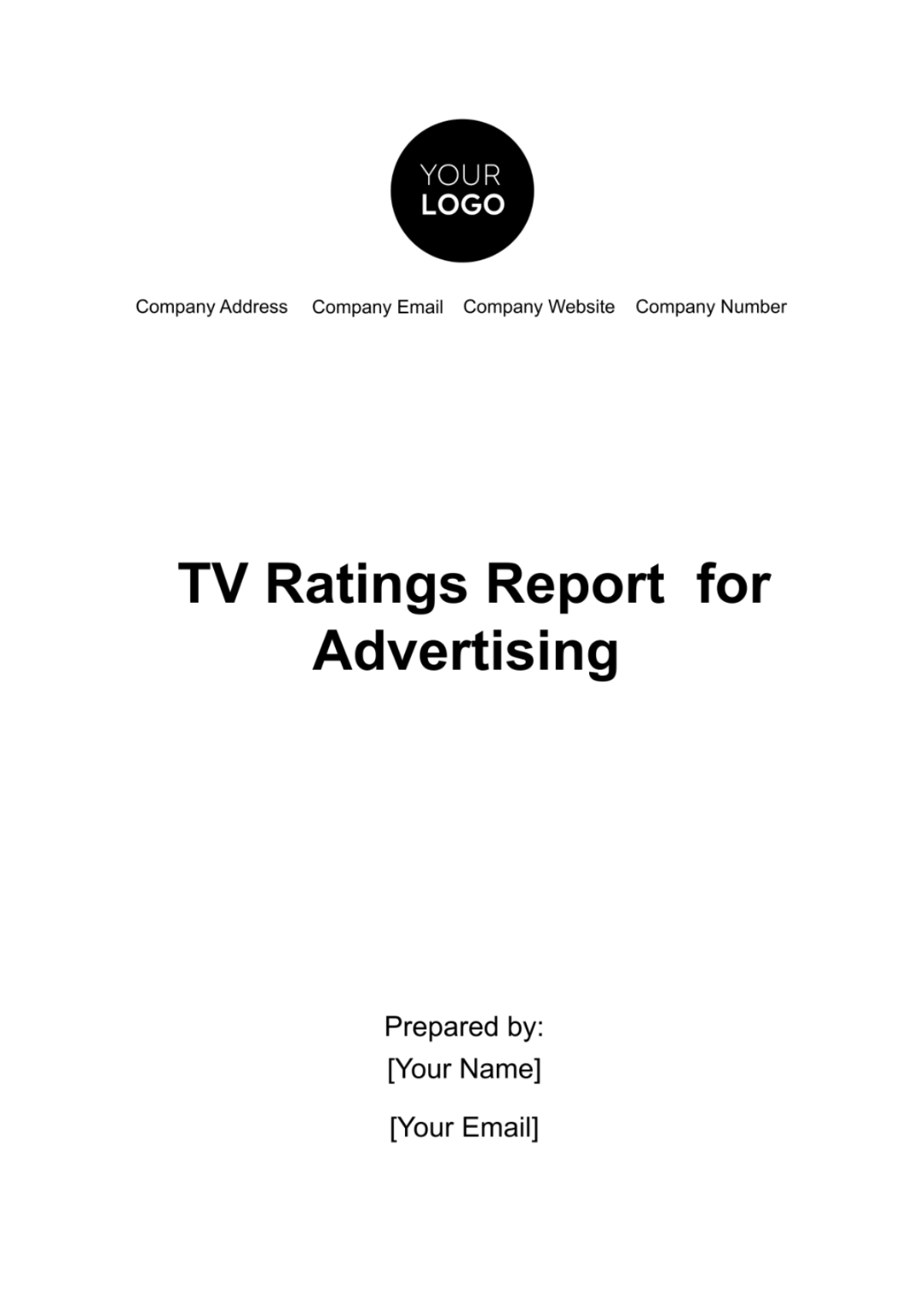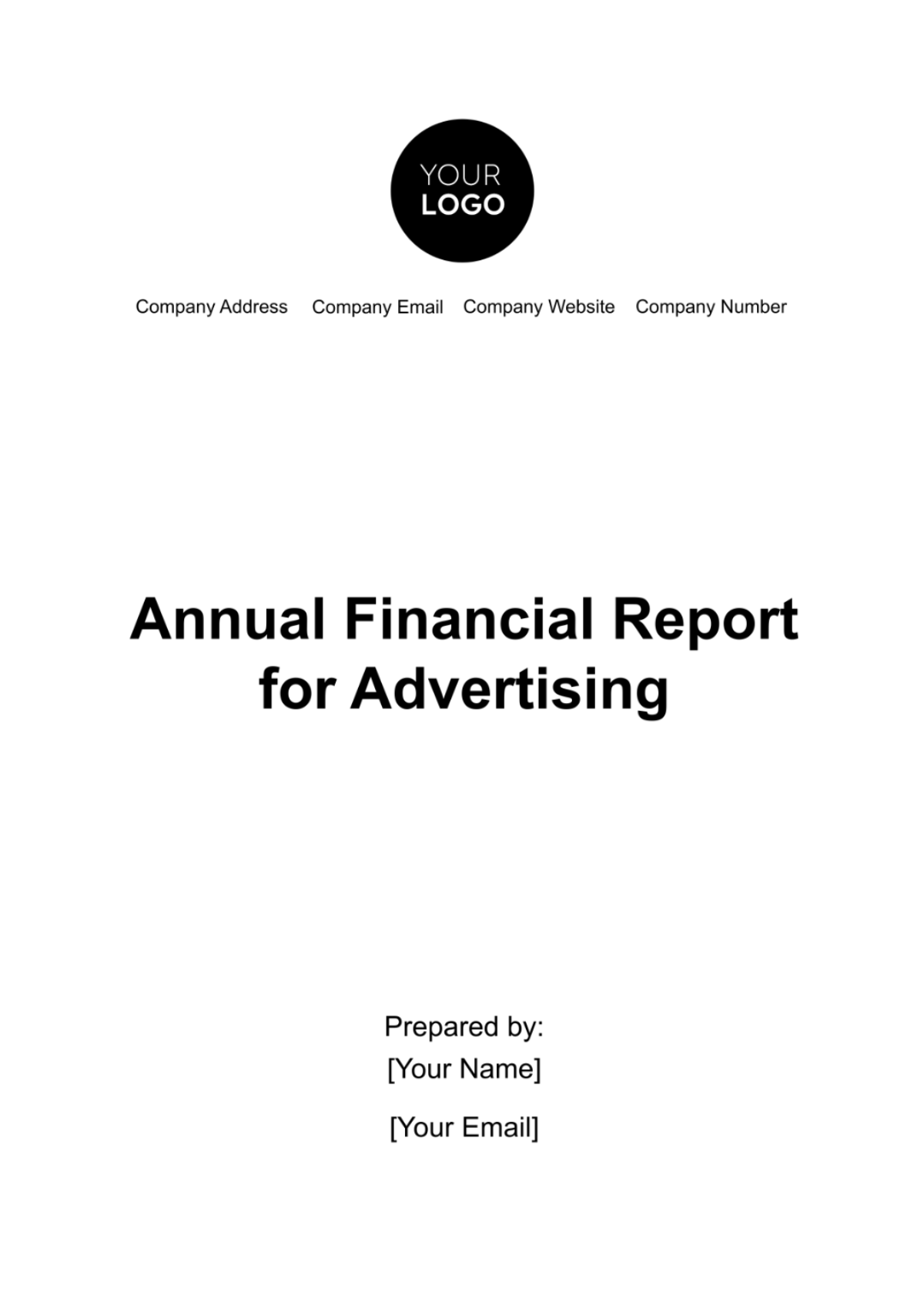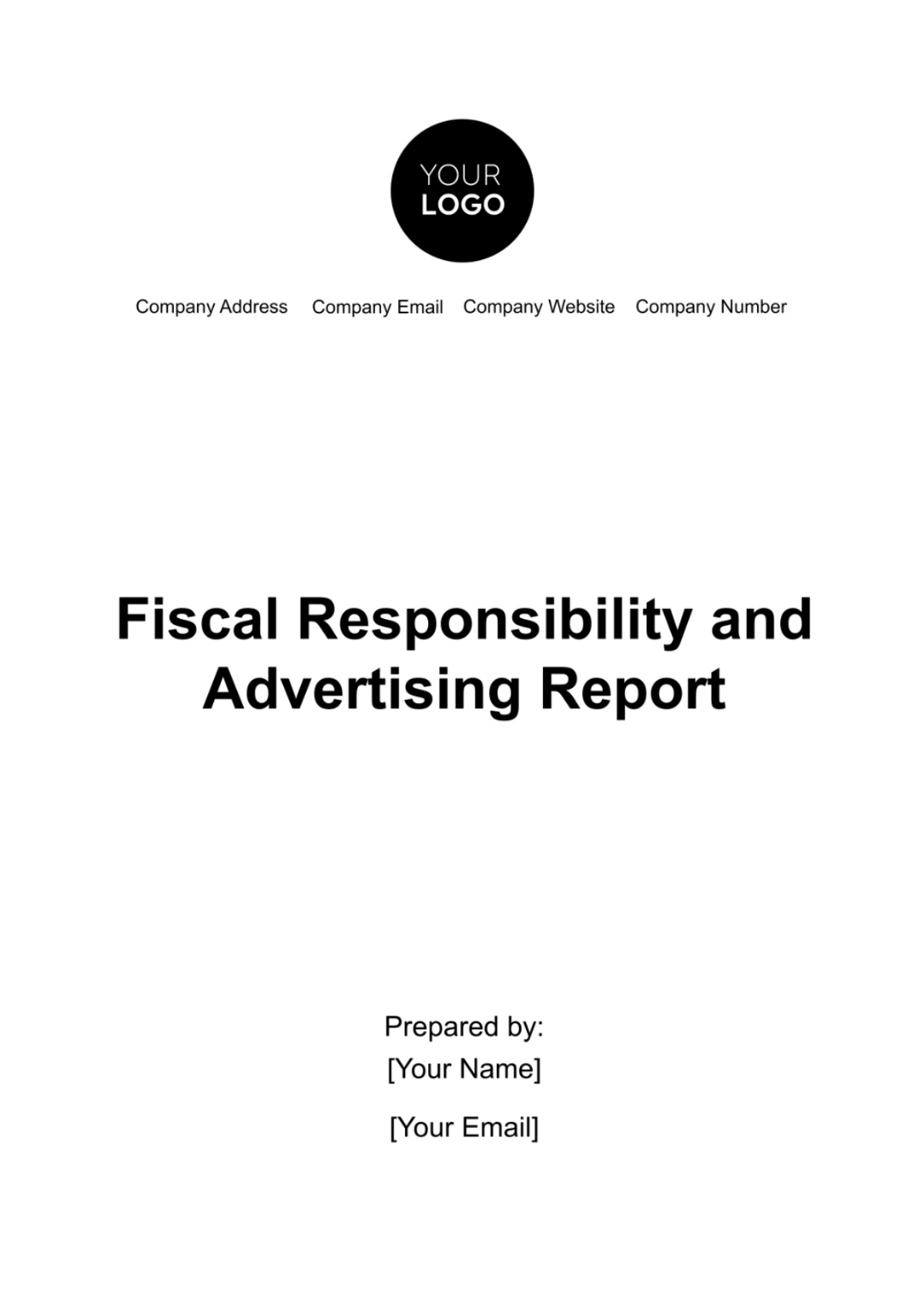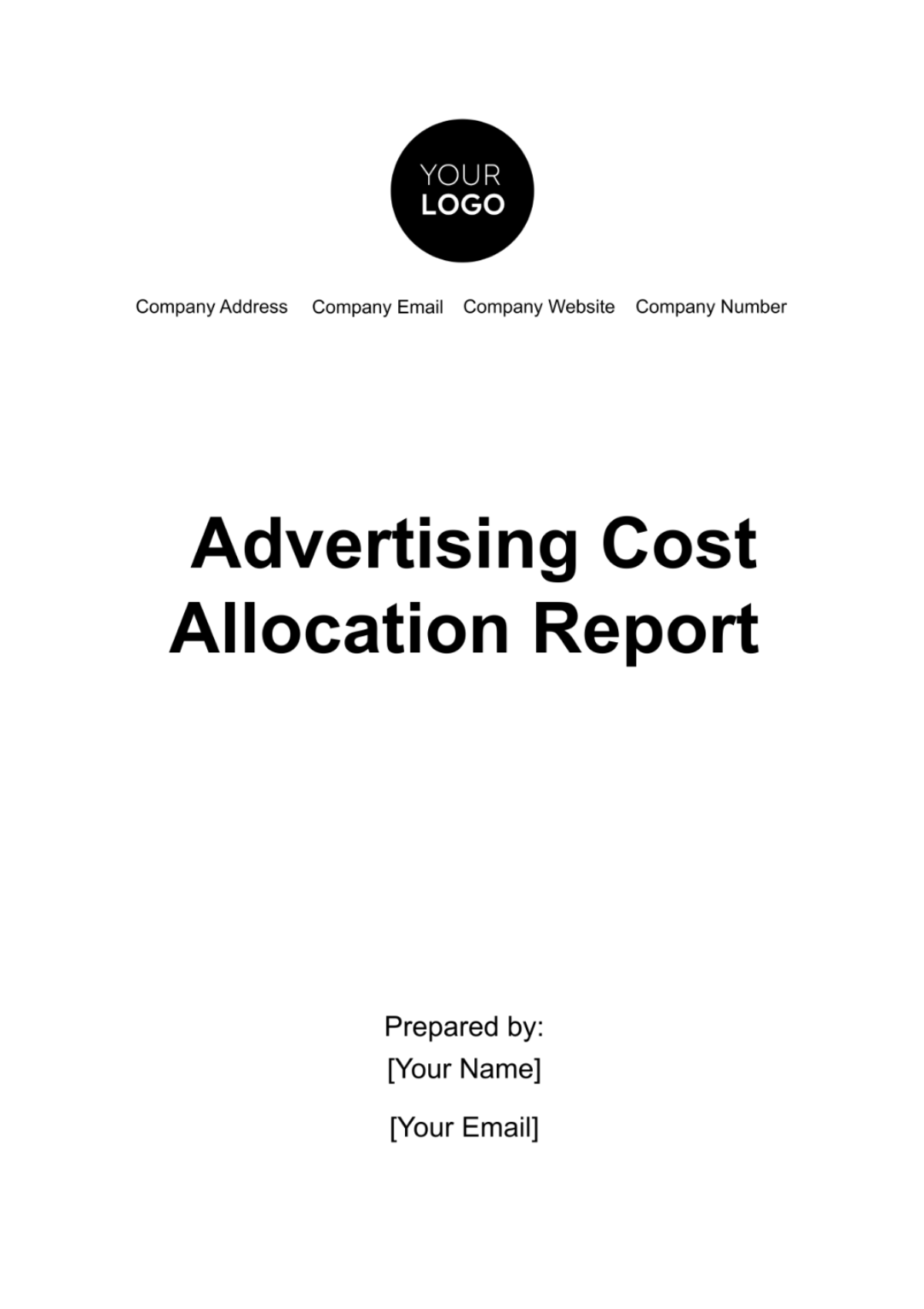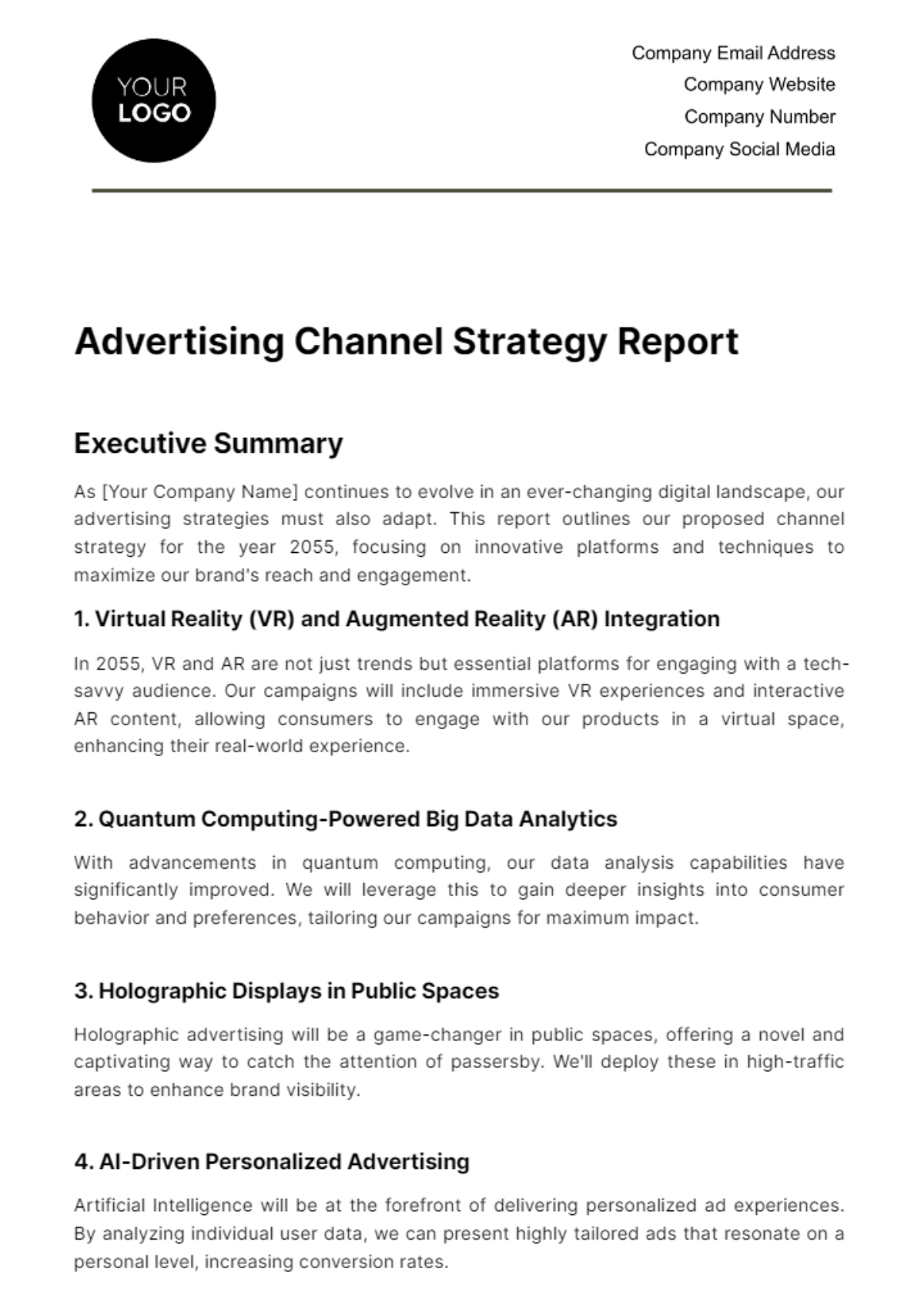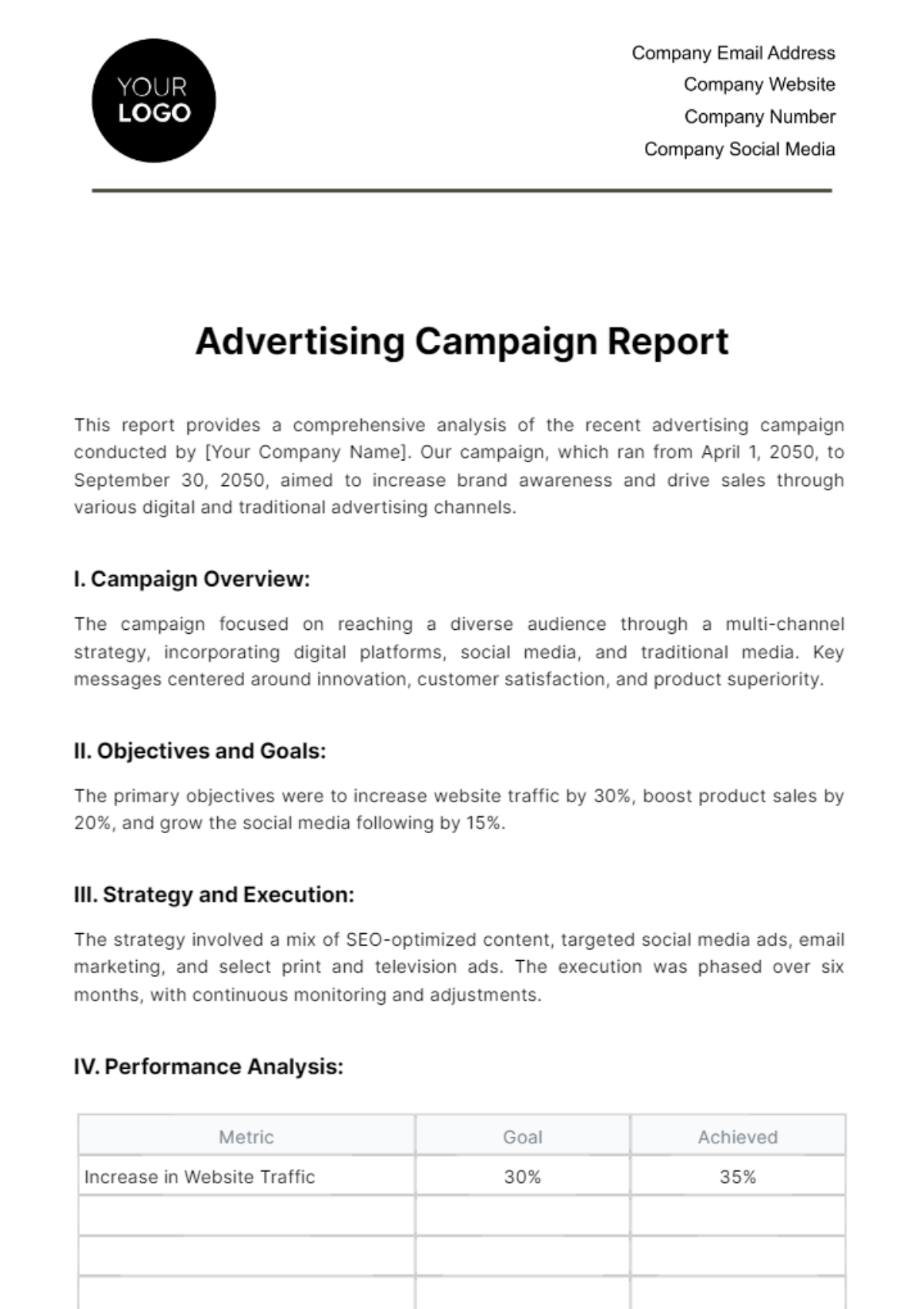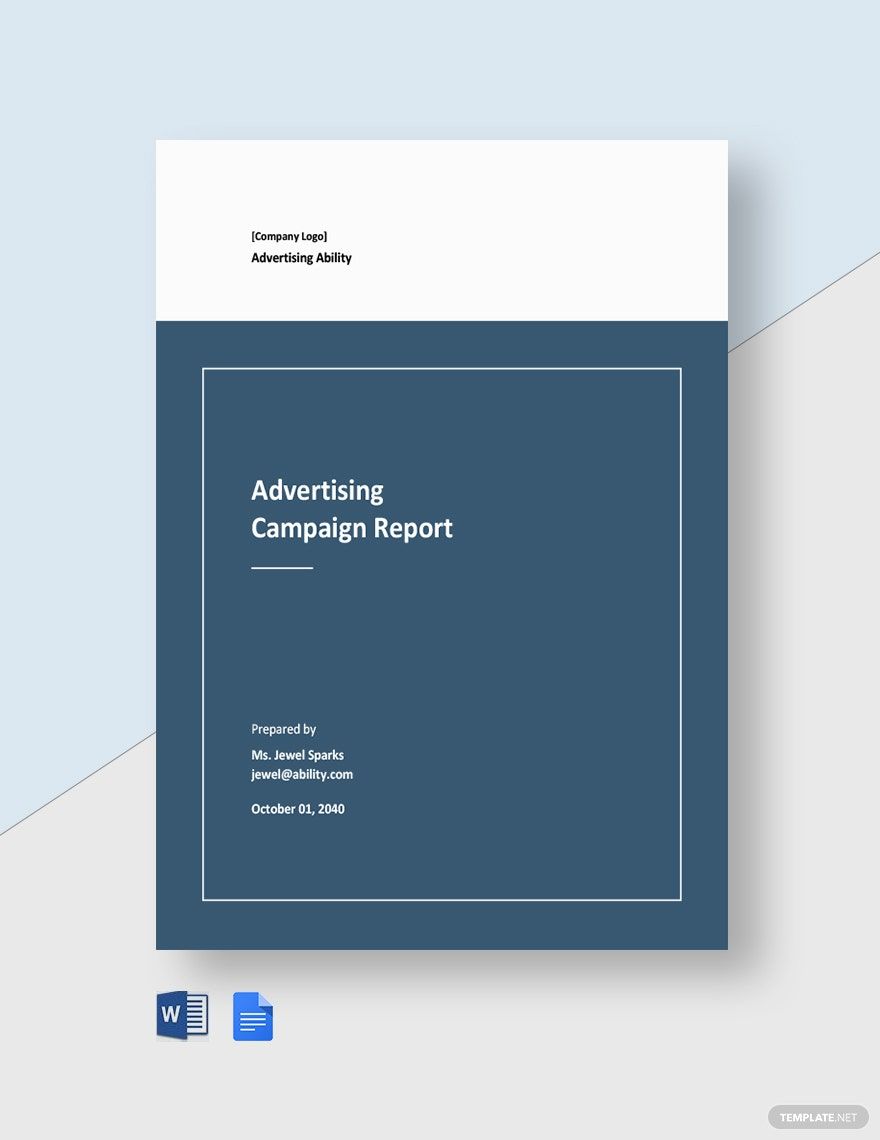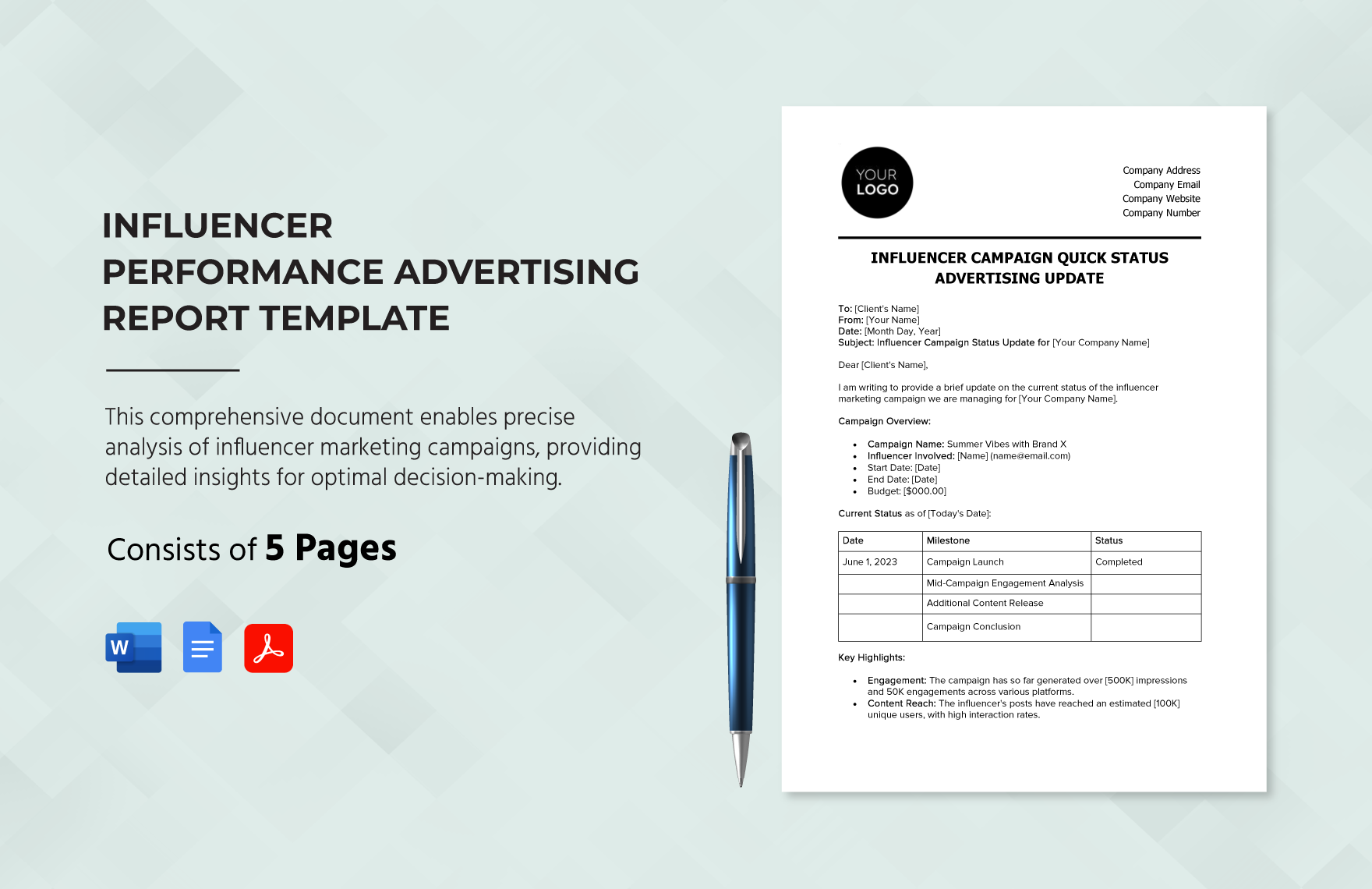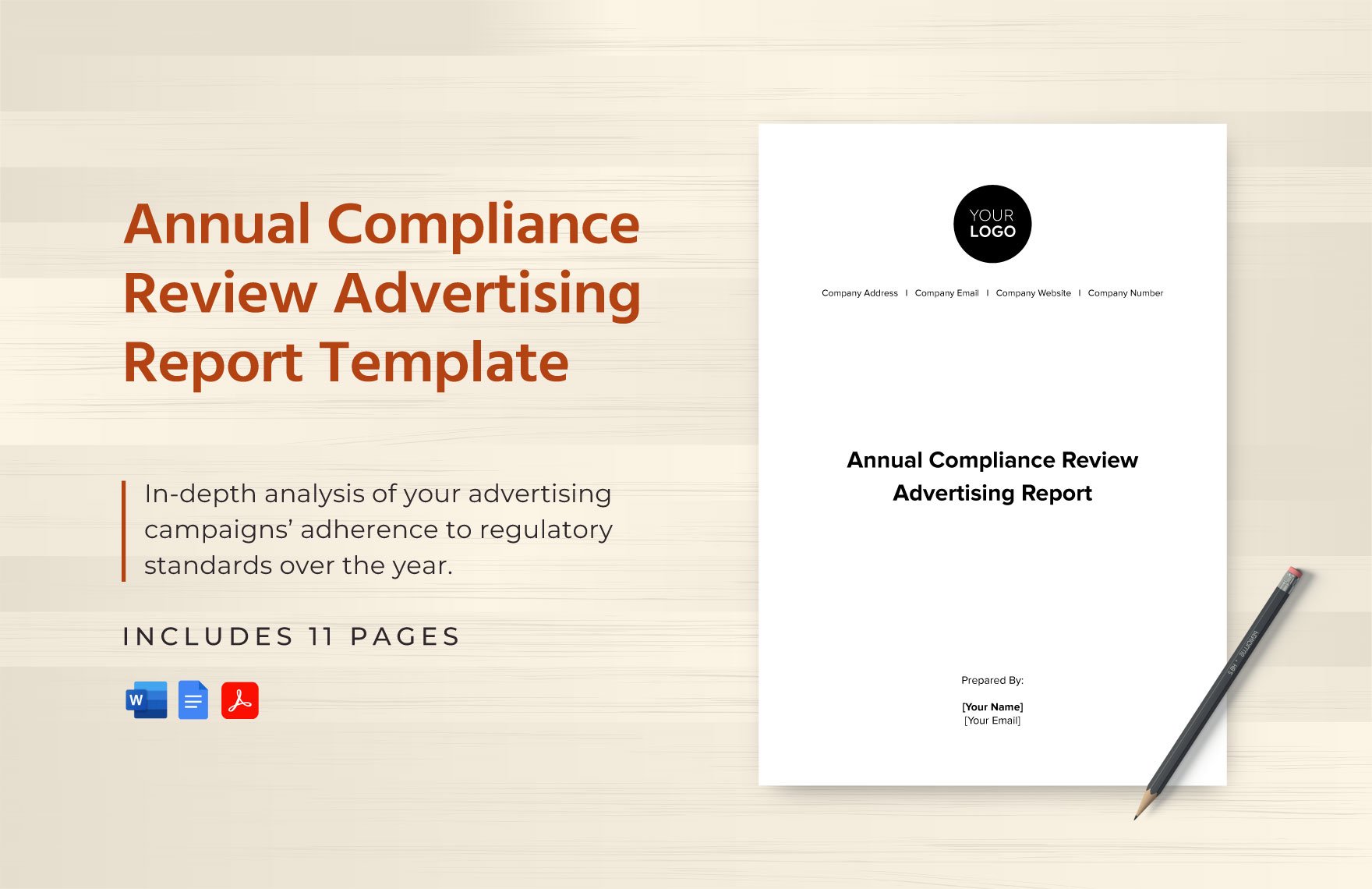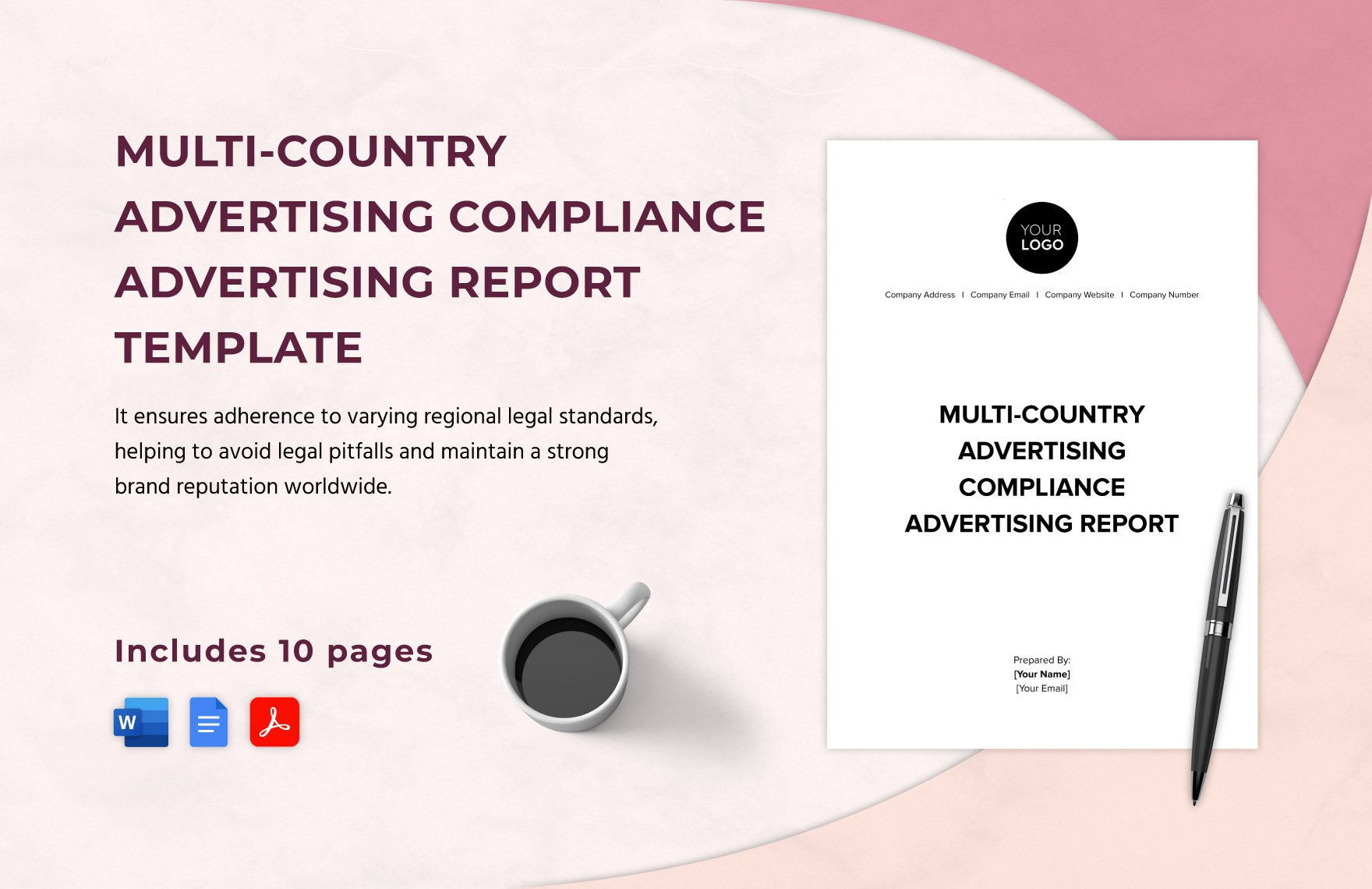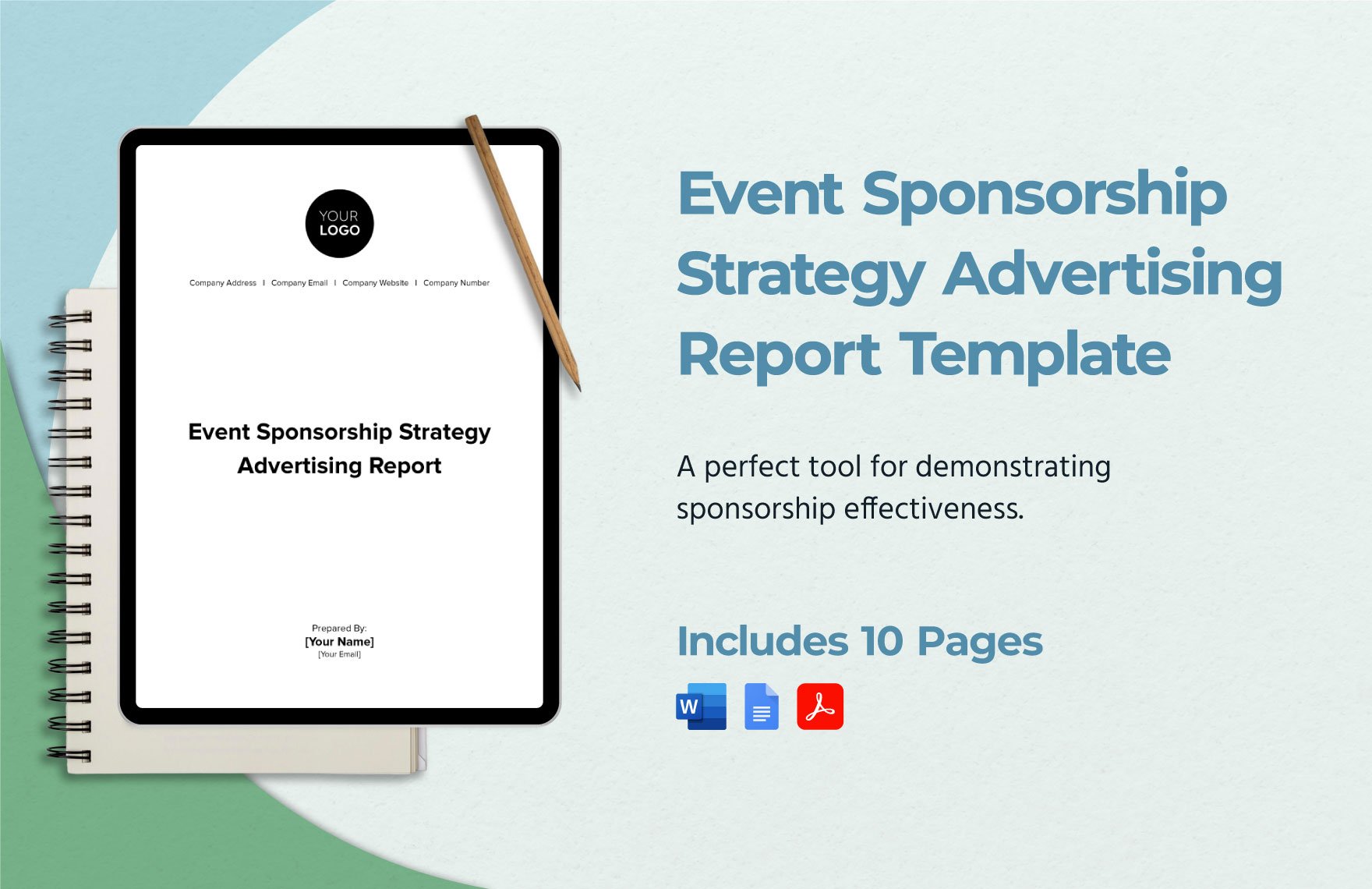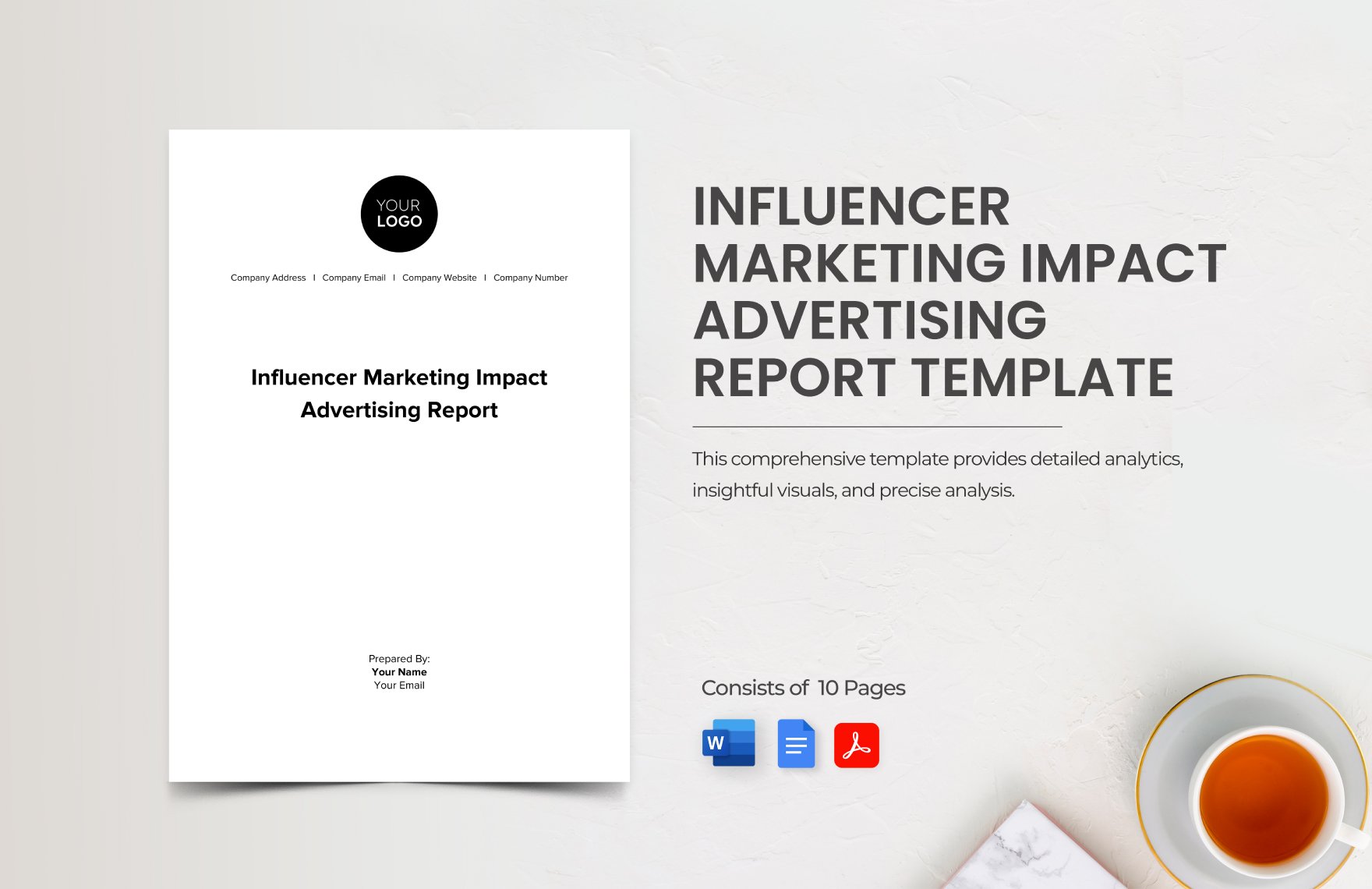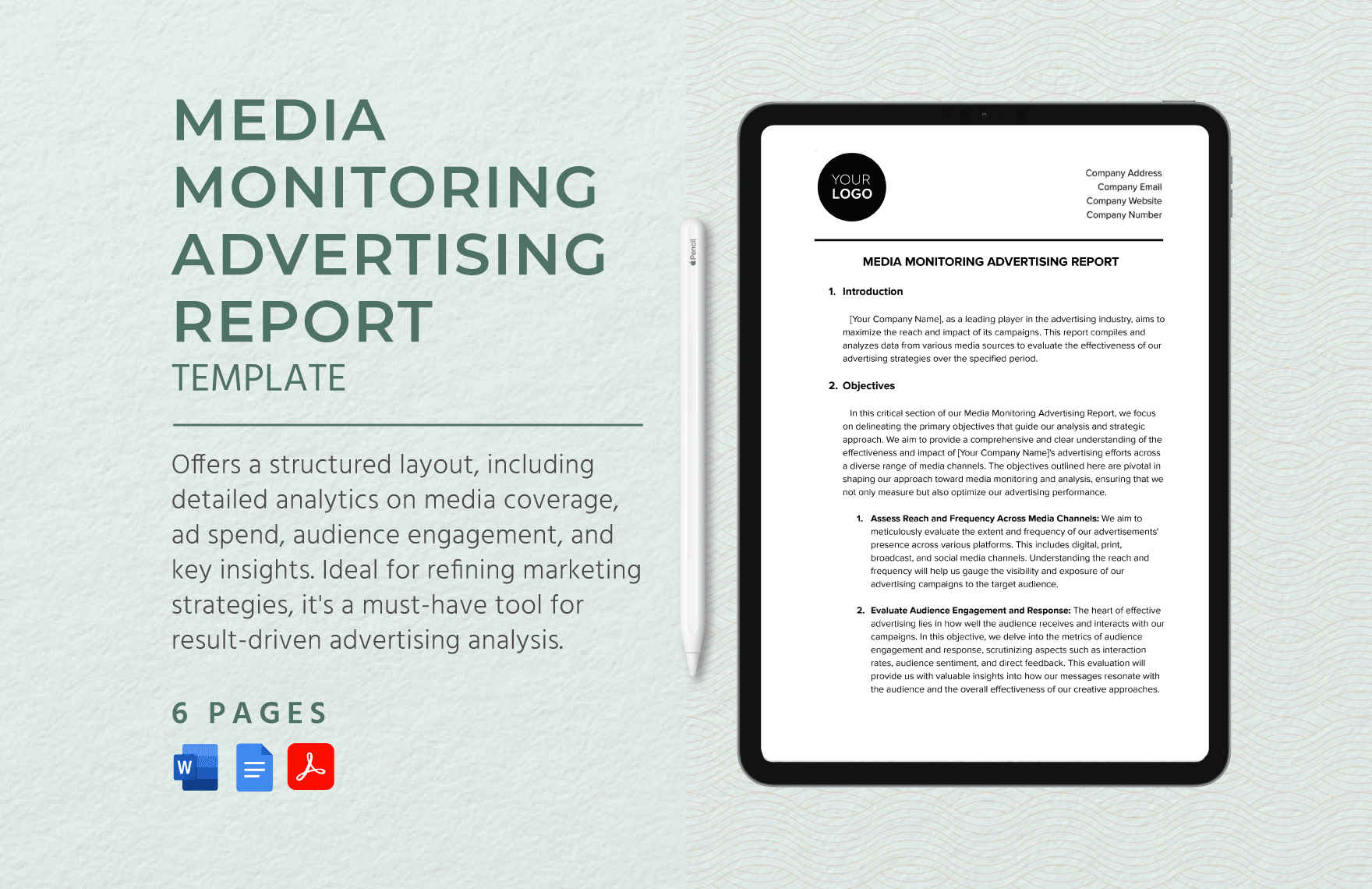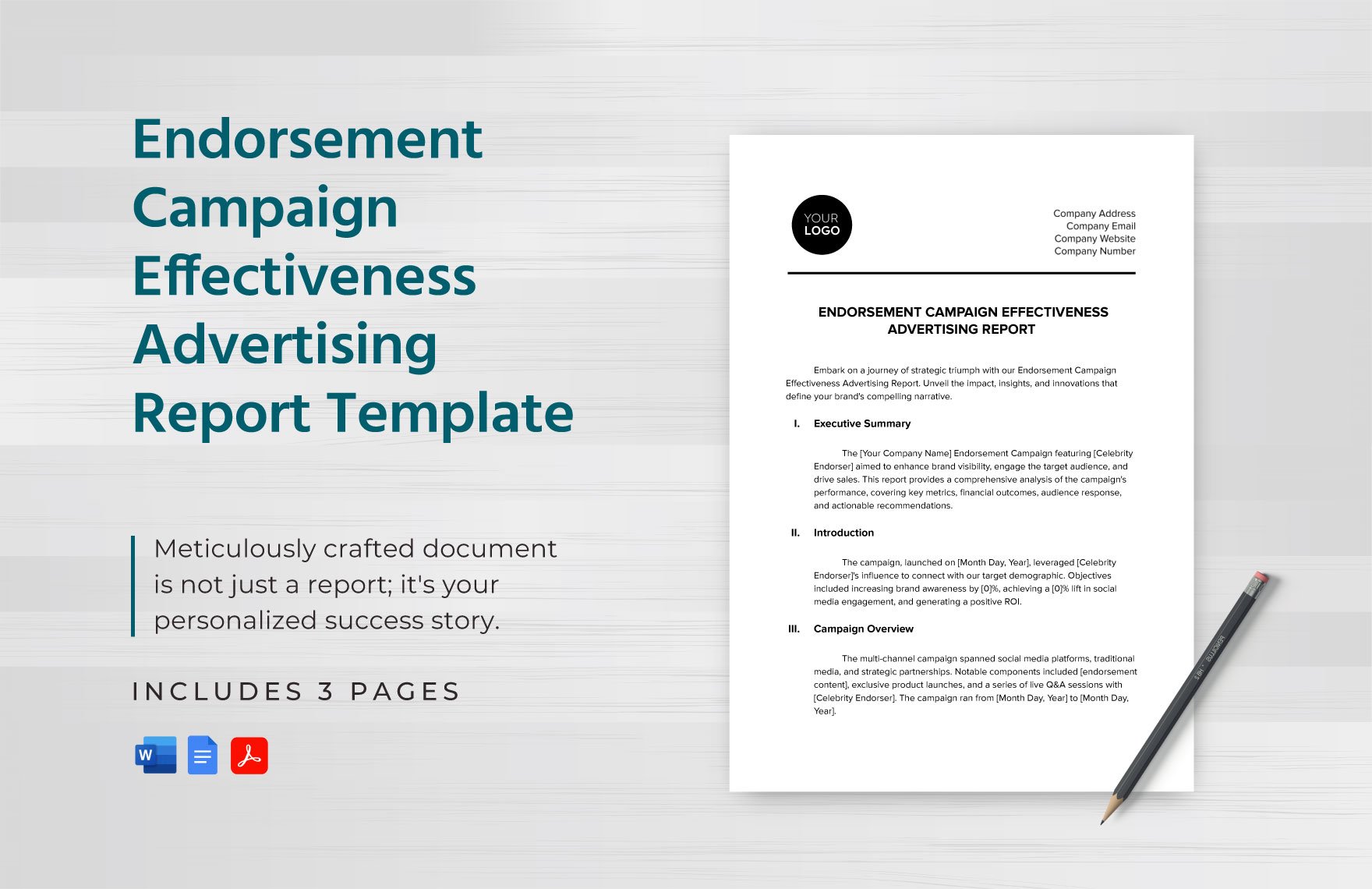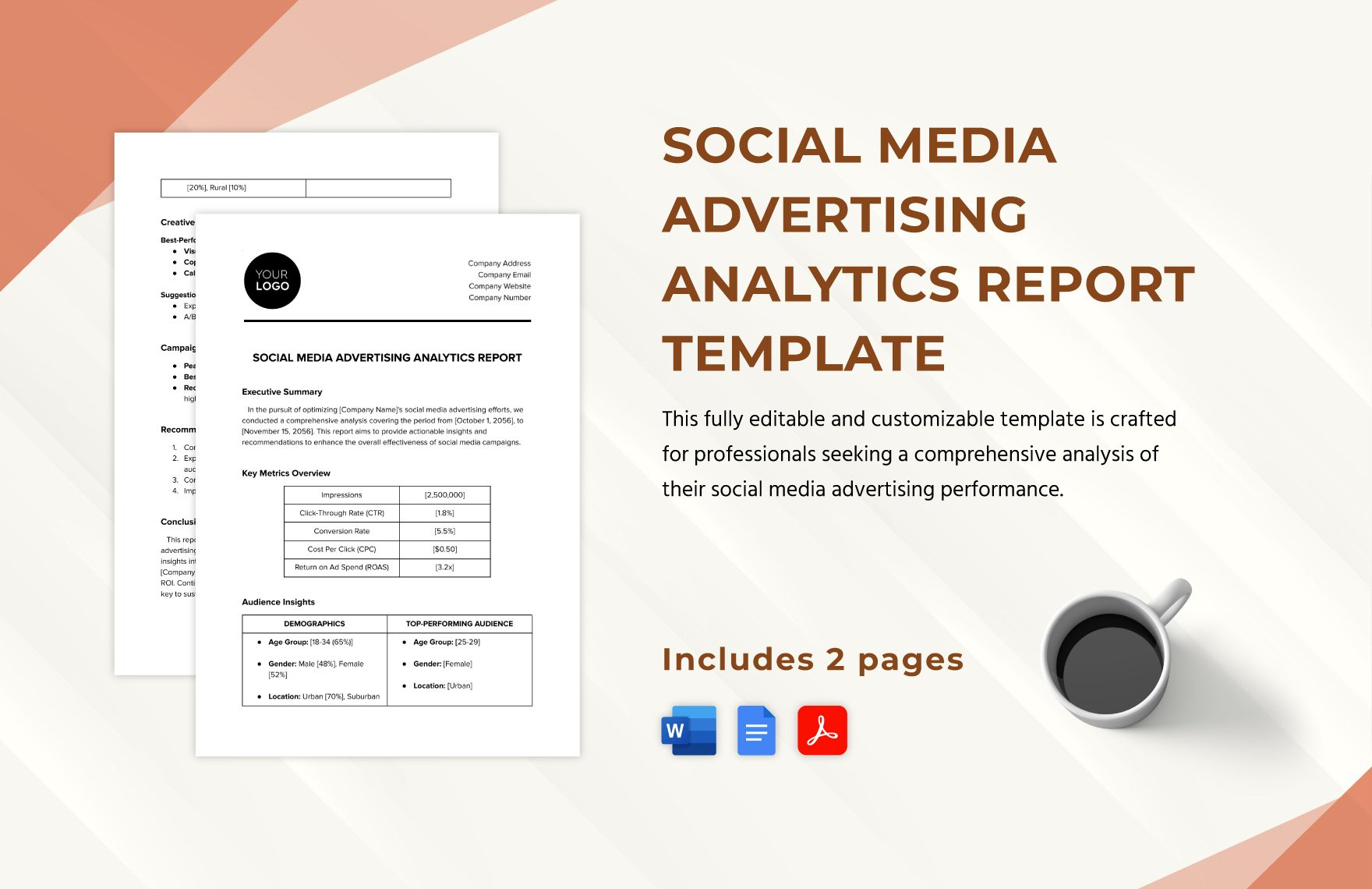Bring Your Advertising Reports to Life with Advertising Report Templates from Template.net
Elevate your marketing strategy with ease by utilizing the Advertising Report Maker option from Template.net. Designed specifically for businesses and marketing professionals, these templates help you keep your stakeholders engaged, deliver comprehensive insights, and present data-driven strategies effortlessly. Whether you're looking to promote a new campaign through a detailed quarterly review or invite stakeholders to an innovative presentation, these templates have you covered. Each template includes fields for crucial information such as campaign duration, target demographics, and performance metrics. Best of all, no design skills are required, ensuring you can create professional-grade reports without hassle. Enjoy customizable layouts perfect for both digital distribution and print formats, making it easier than ever to share your results across various platforms.
Discover the many Advertising Report Templates we have on hand and watch your ideas take shape flawlessly. Start by selecting a template that aligns with your campaign goals, then swap in your brand assets or campaign visuals, and tweak the colors and fonts to match your corporate identity for a cohesive look. With drag-and-drop capabilities, you can add icons or graphics effortlessly and incorporate animated effects to make your reports more engaging. Thanks to AI-powered text tools, crafting the narrative of your report becomes a seamless task, proving that endless possibilities await without the need for specialized skills. Our template library is regularly updated, ensuring fresh designs are always available. When you're finished, download or share your report via email, export it, or publish it to your favorite social media channels, ensuring your advertising accomplishments reach your desired audience effectively.




